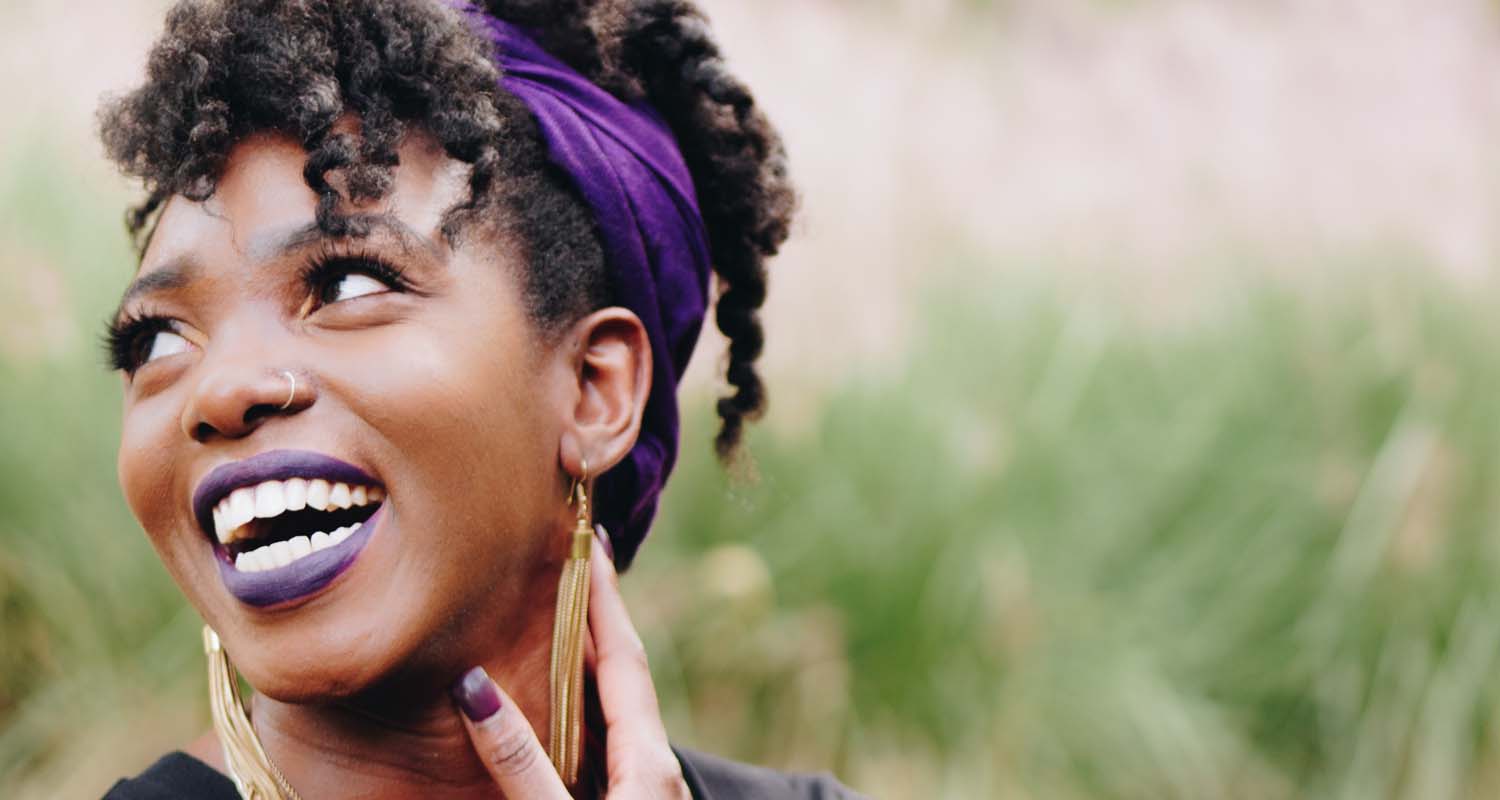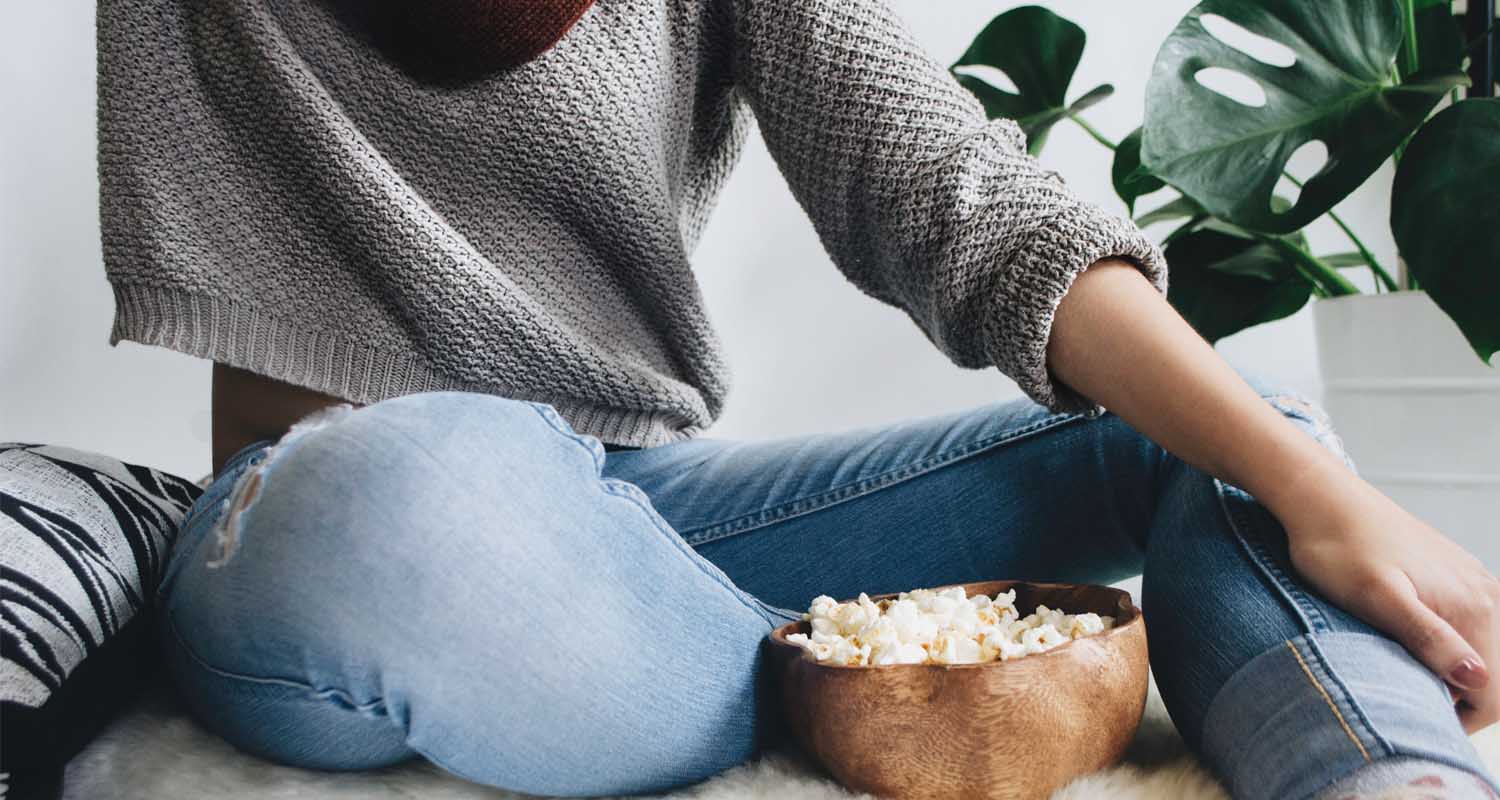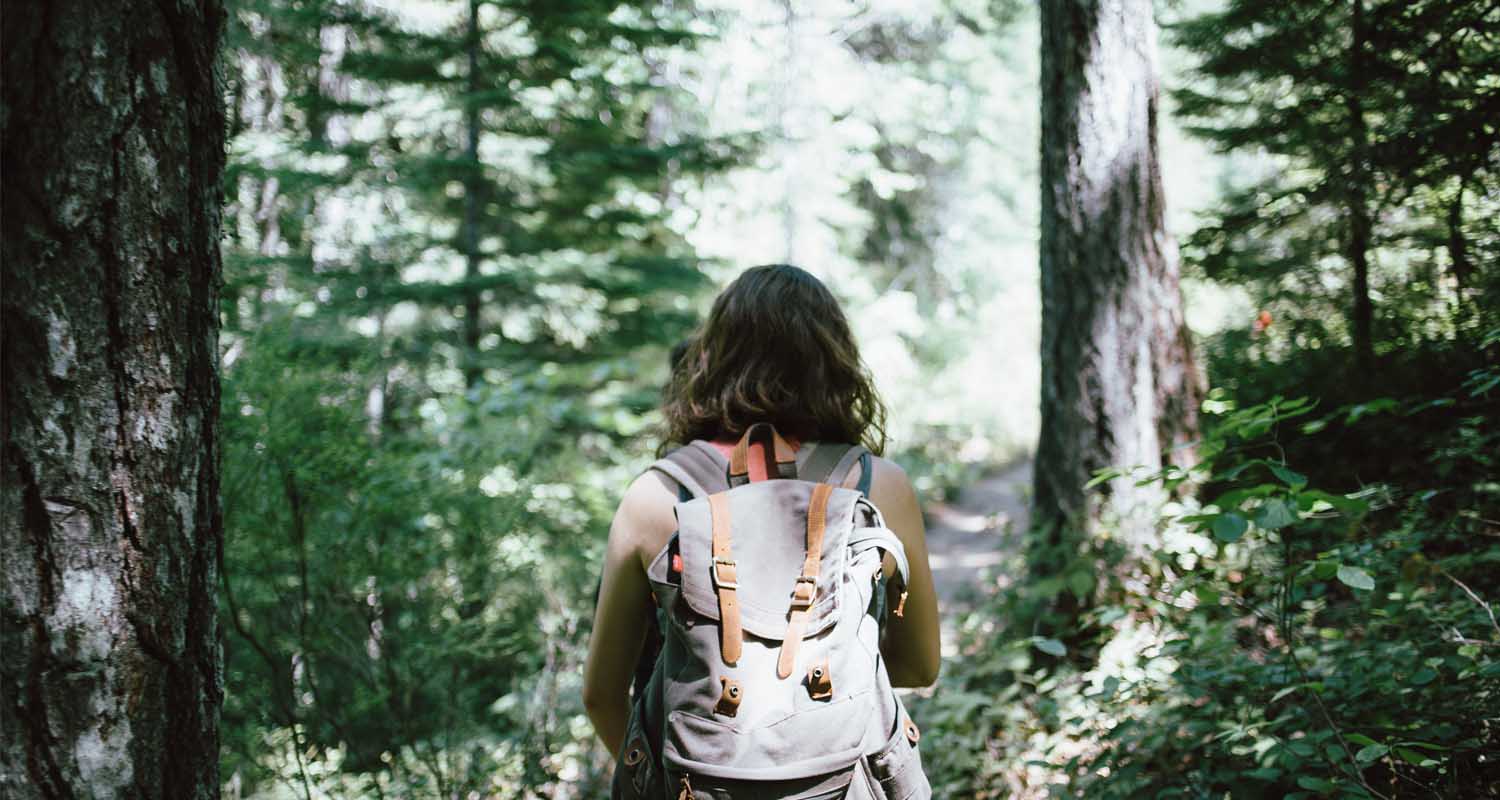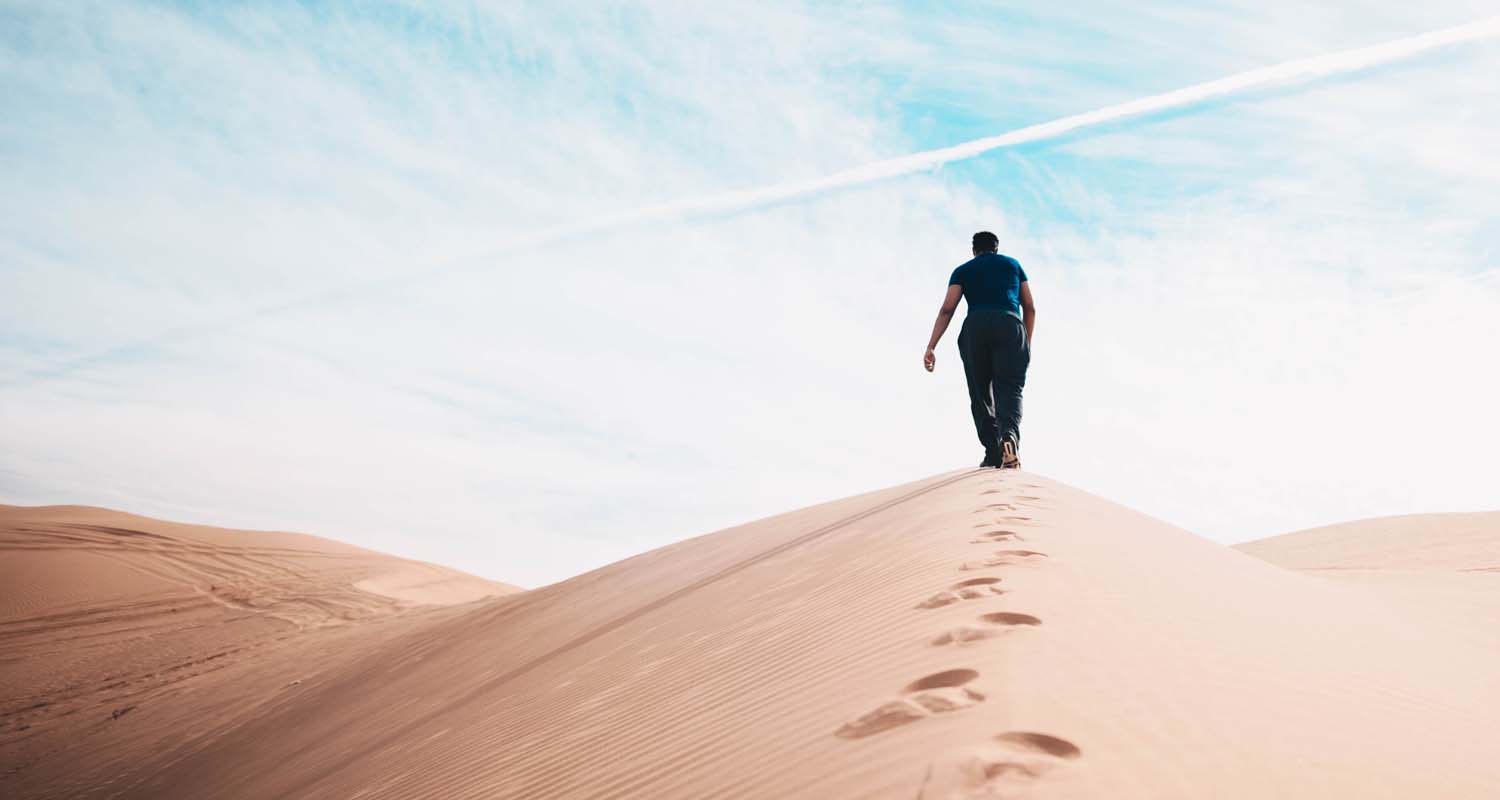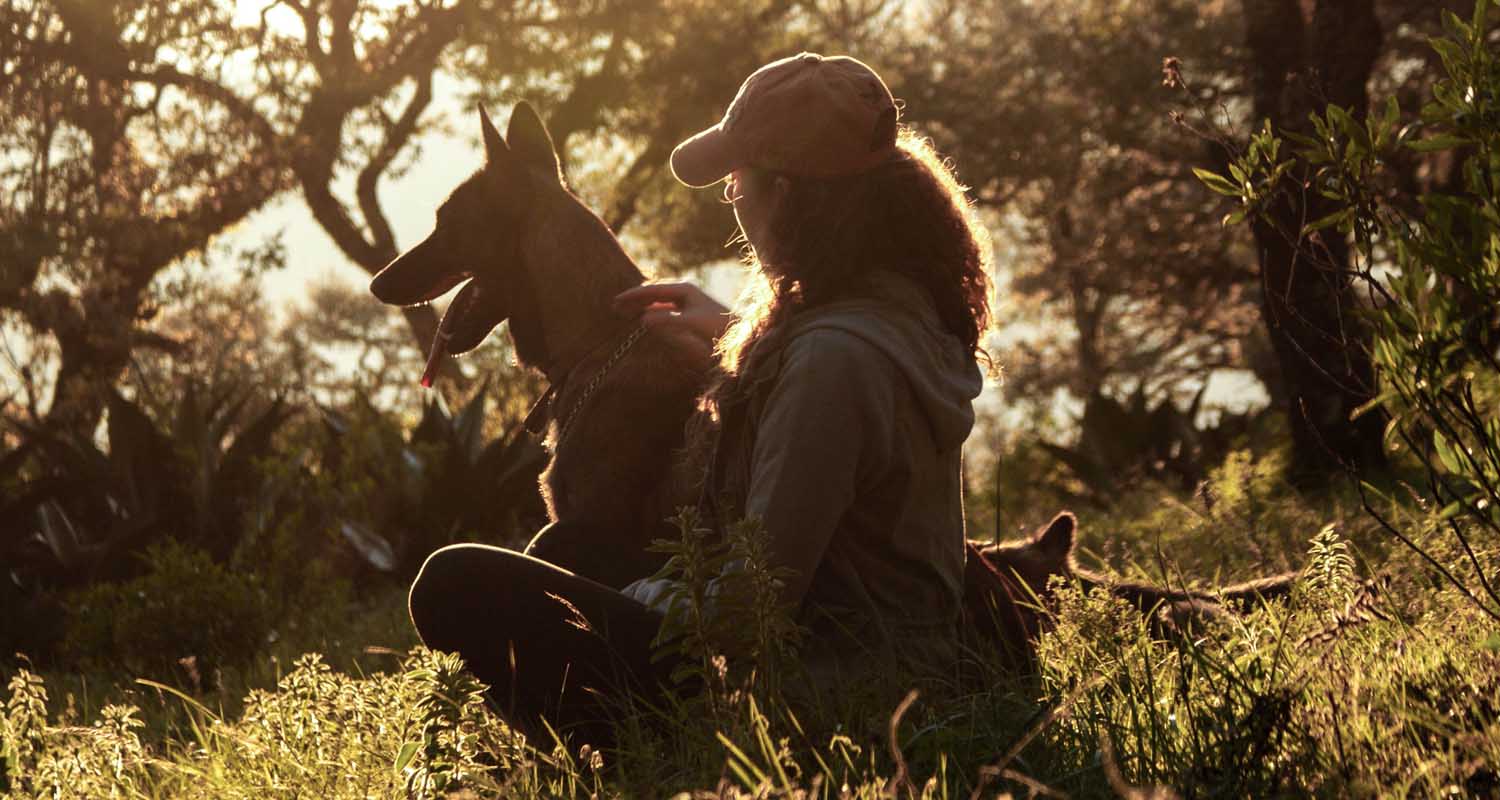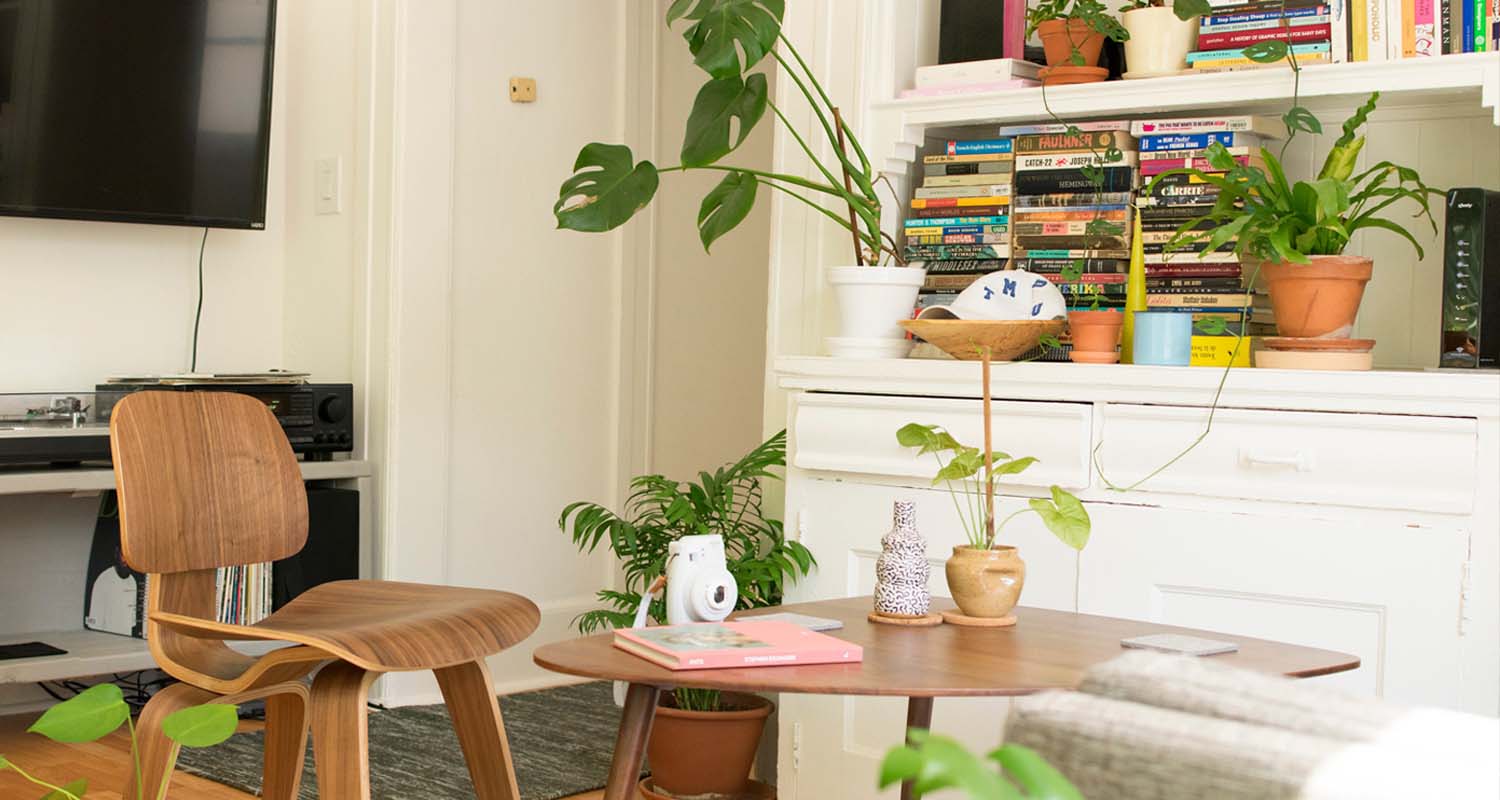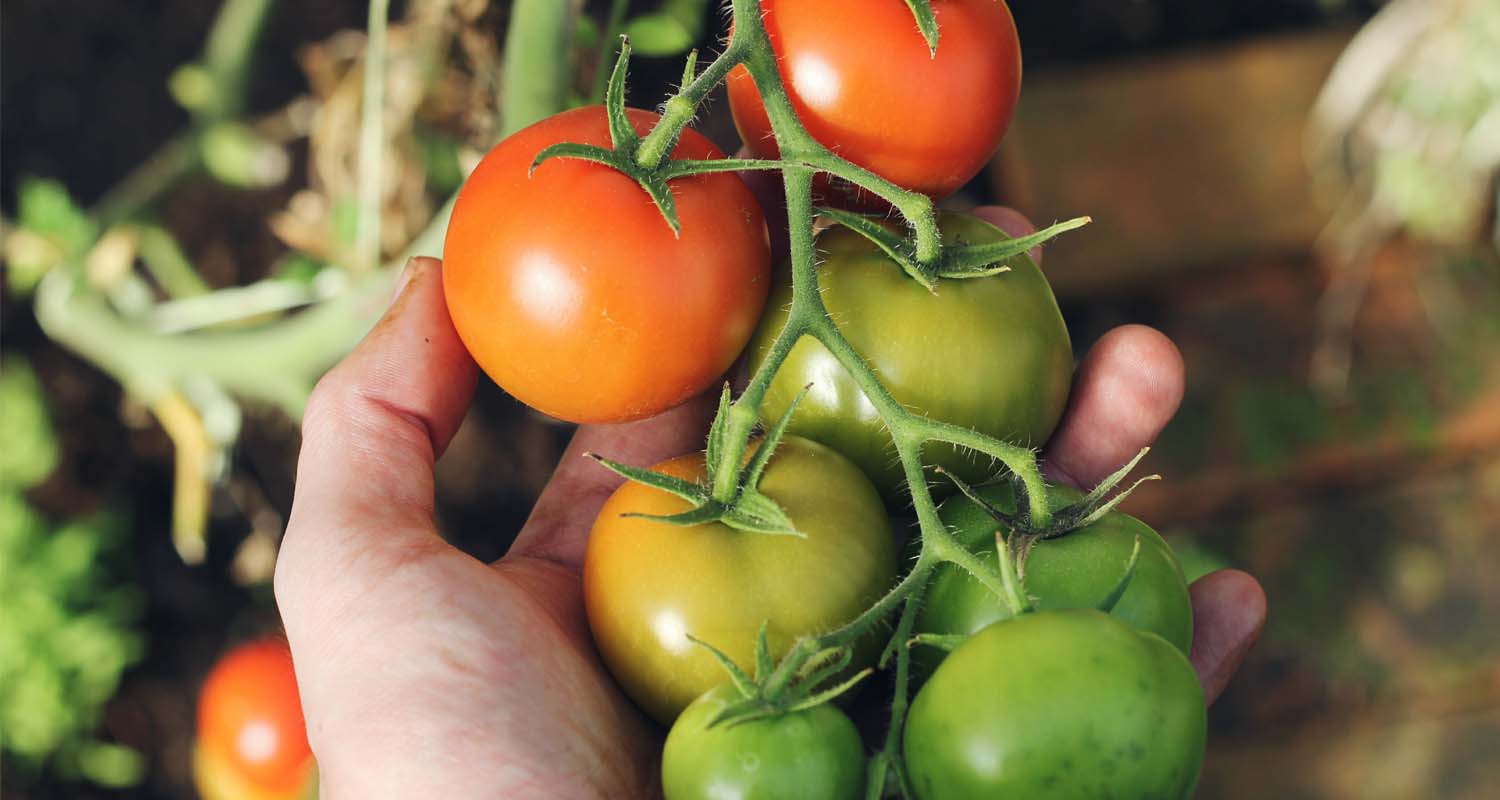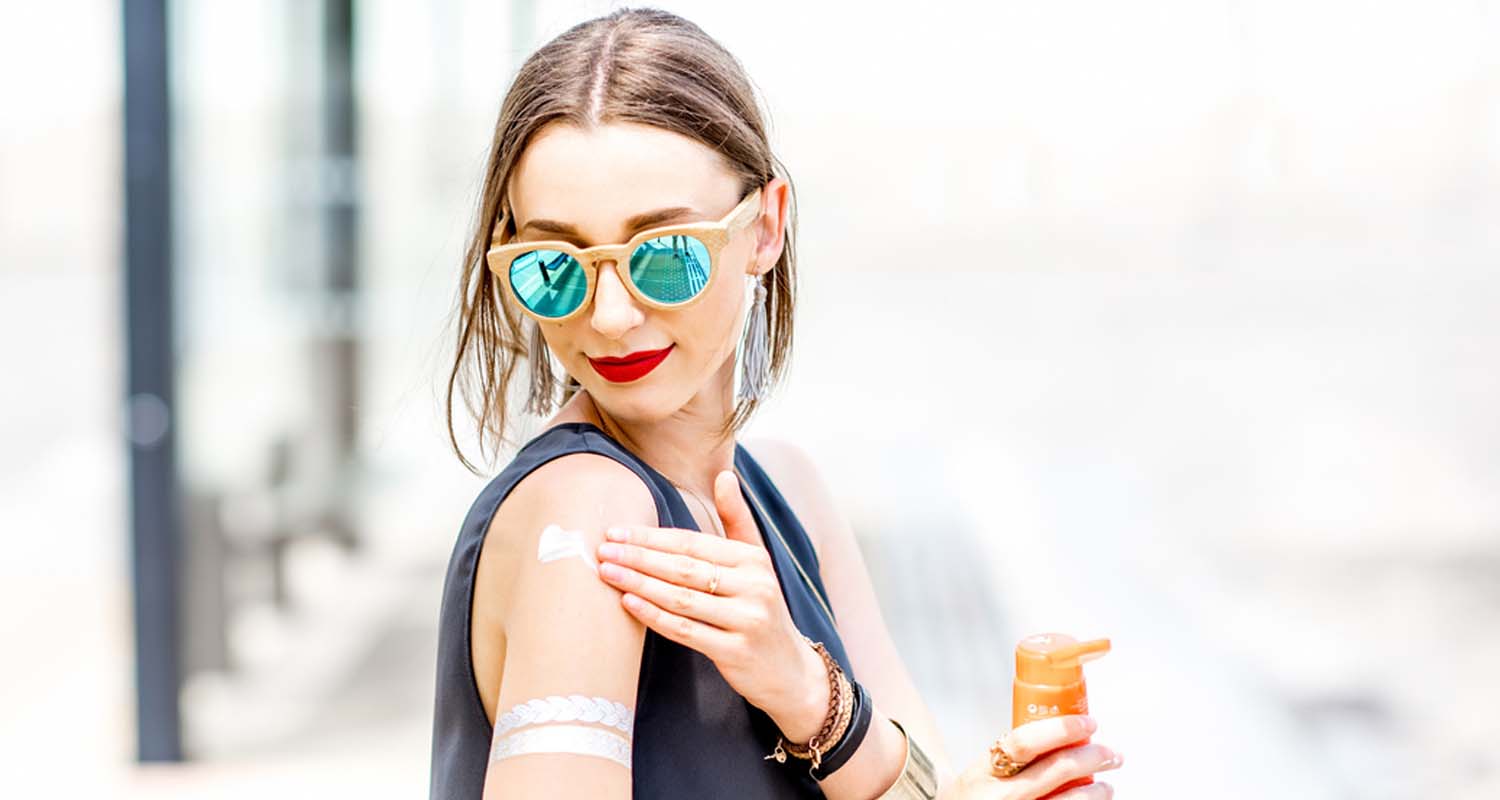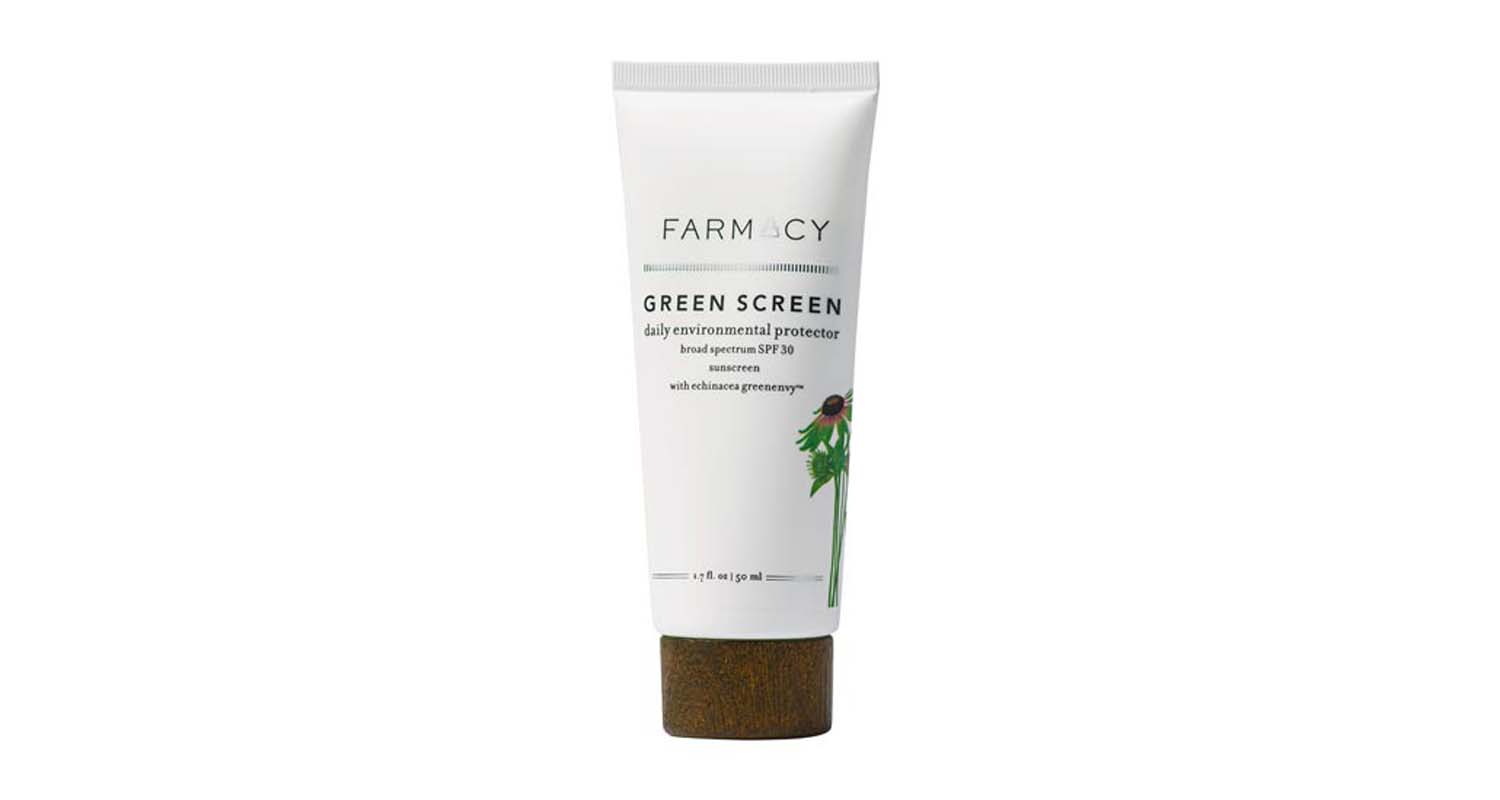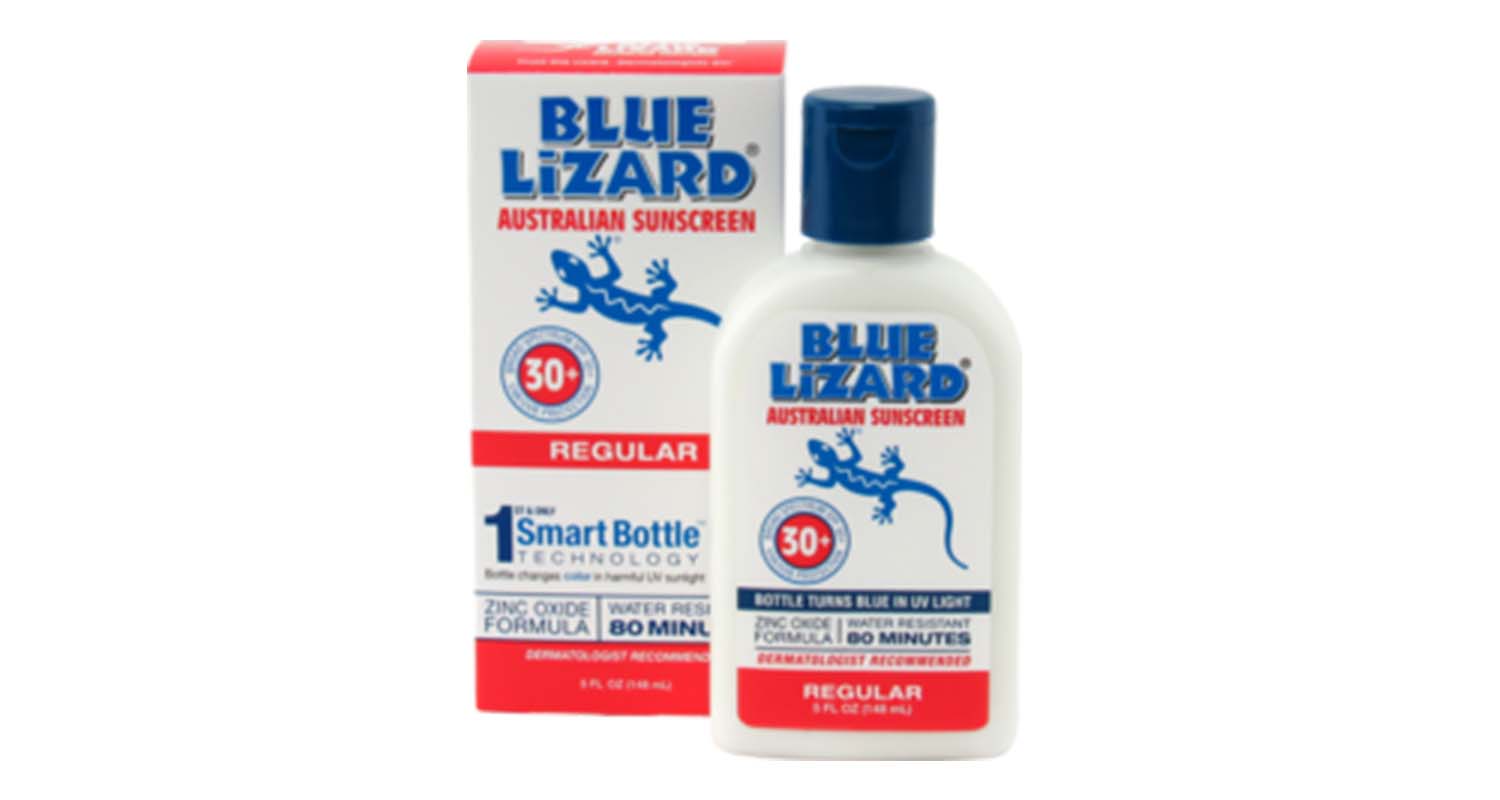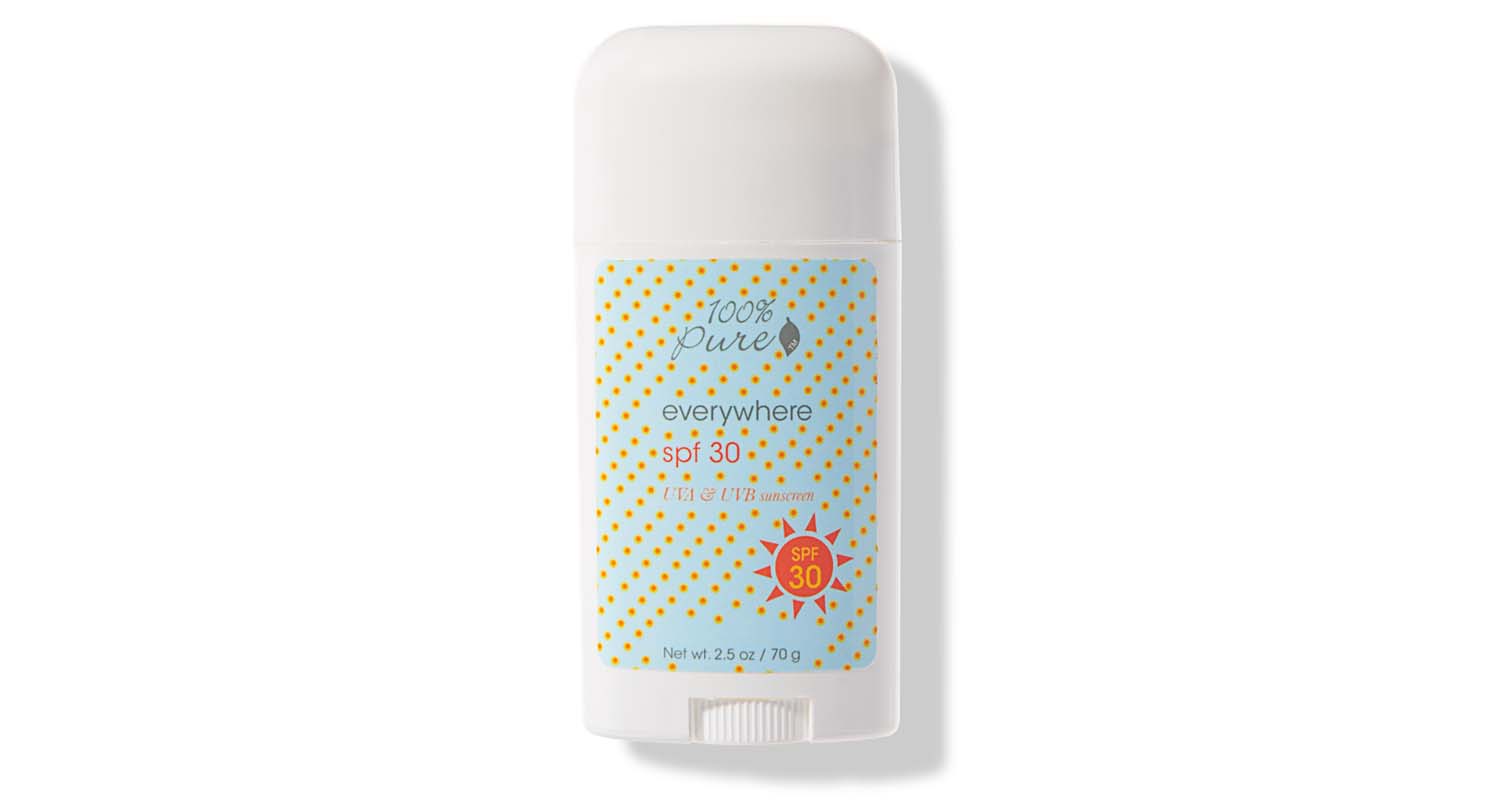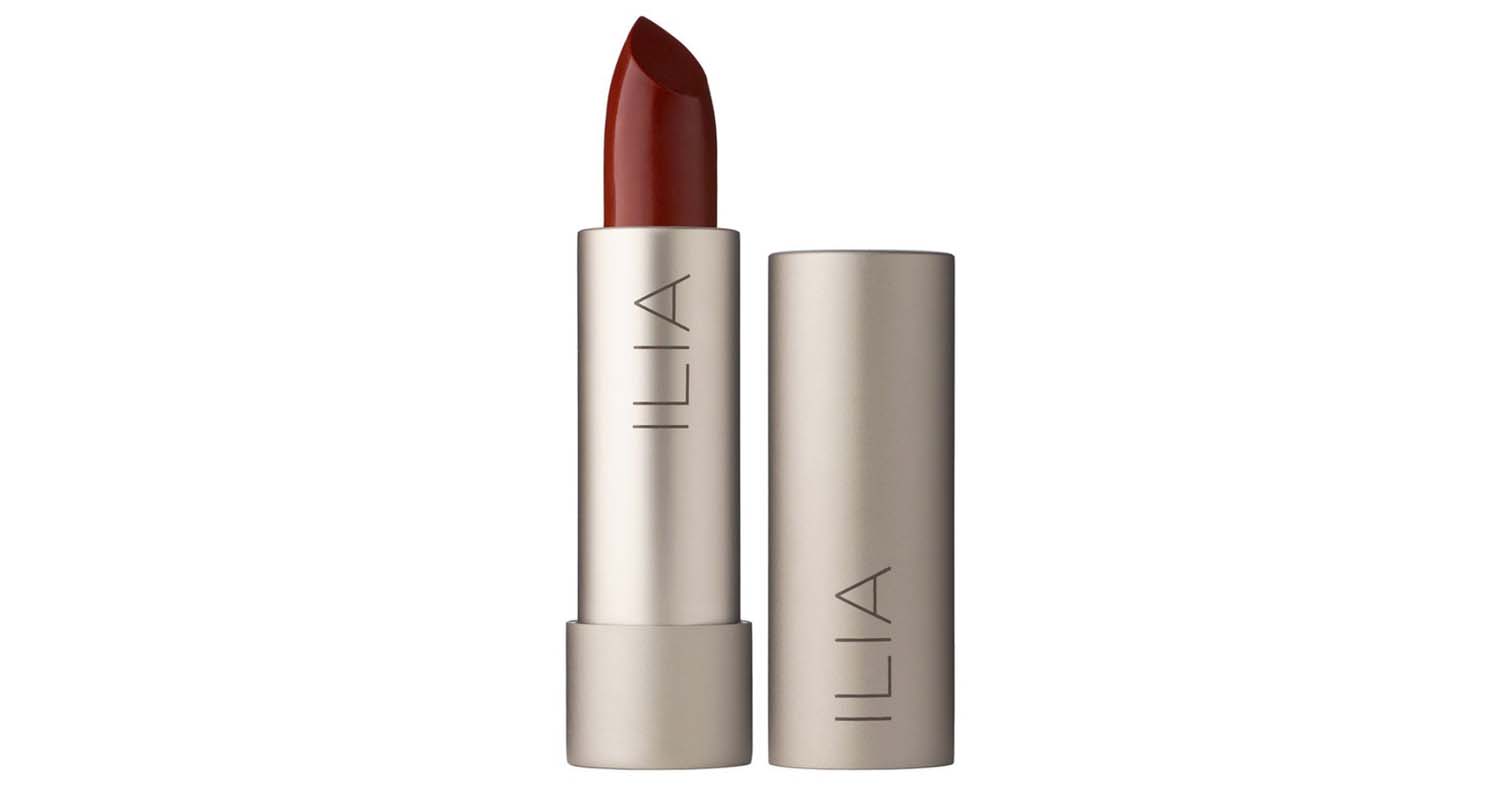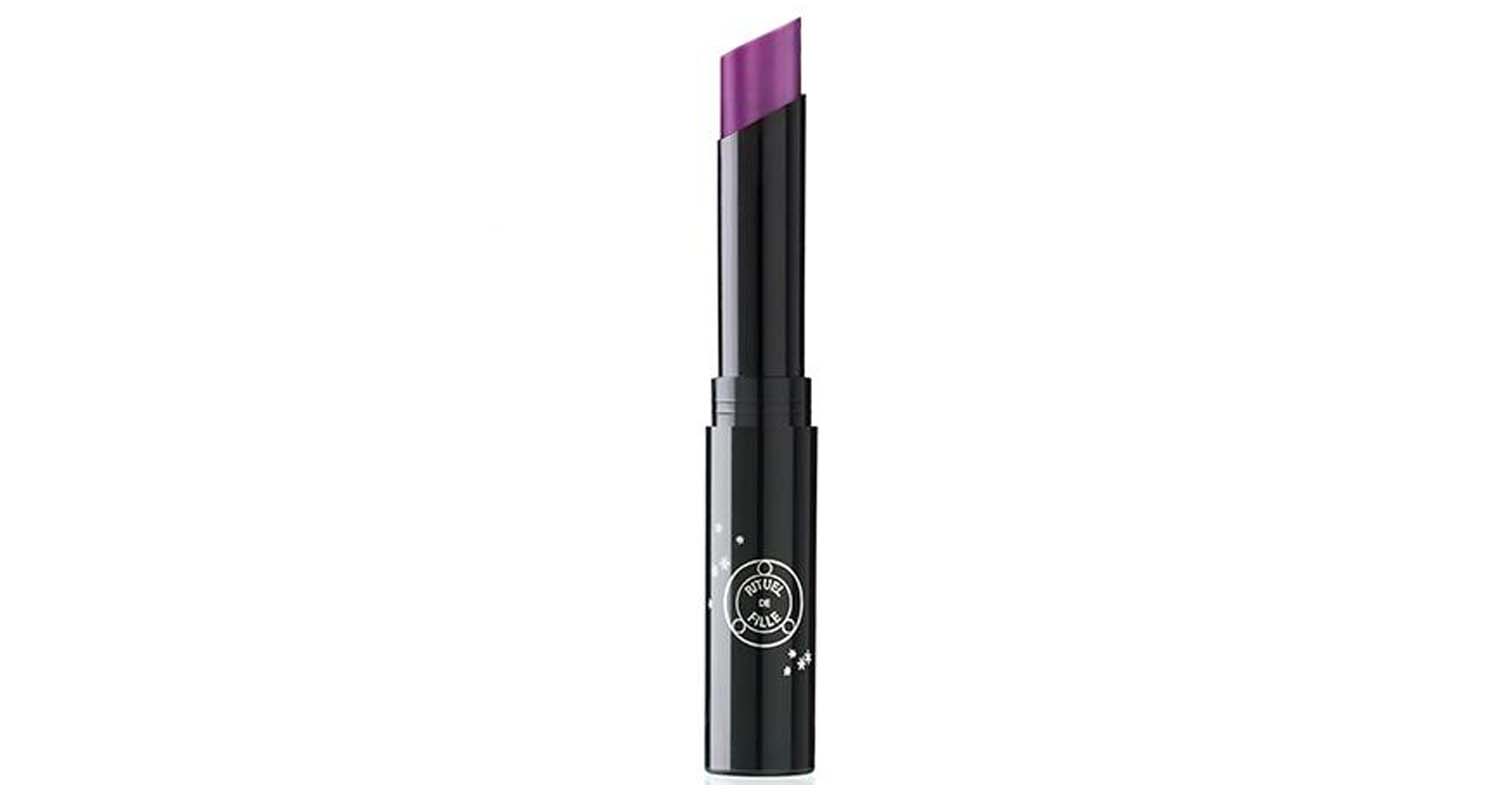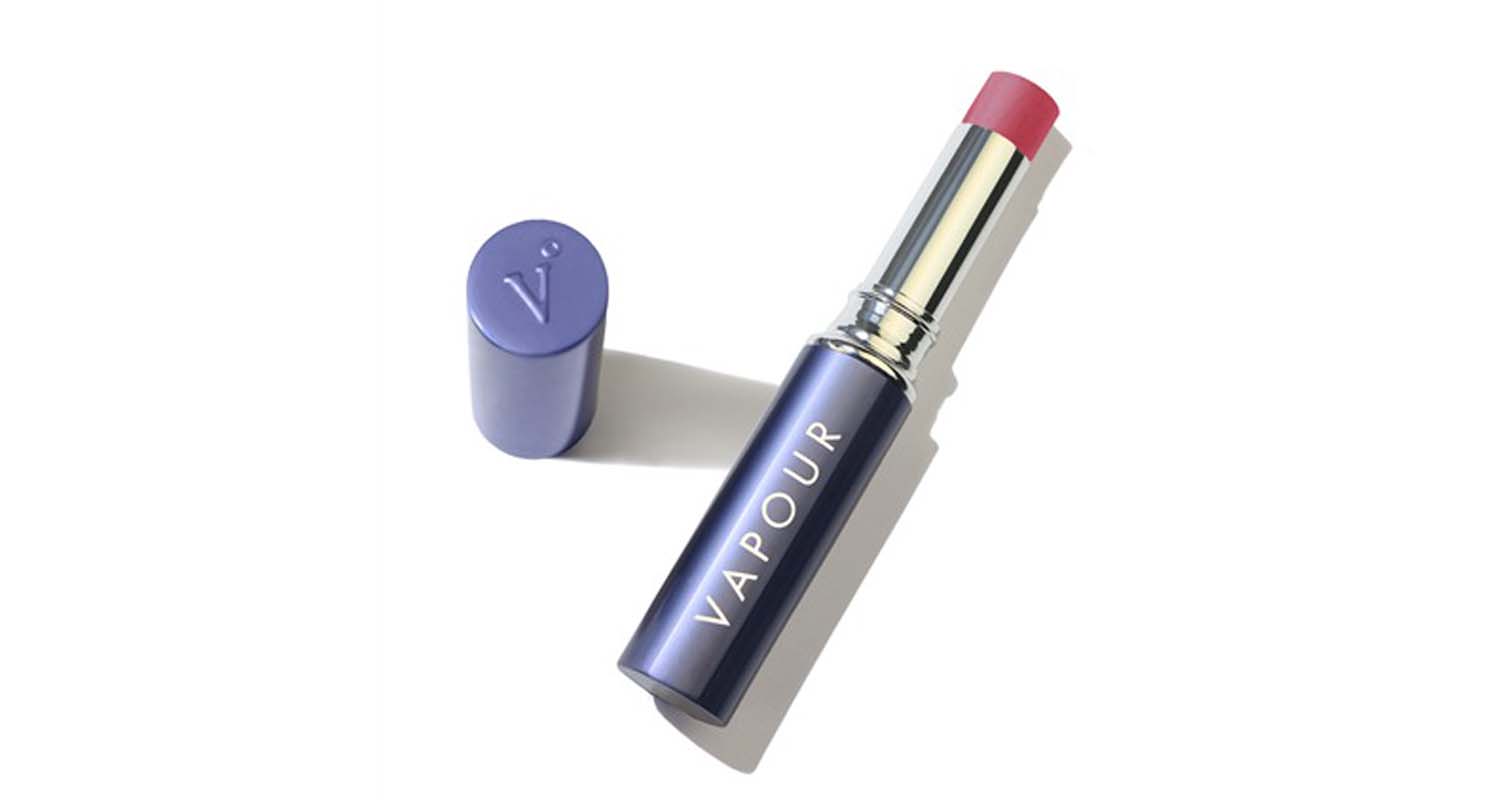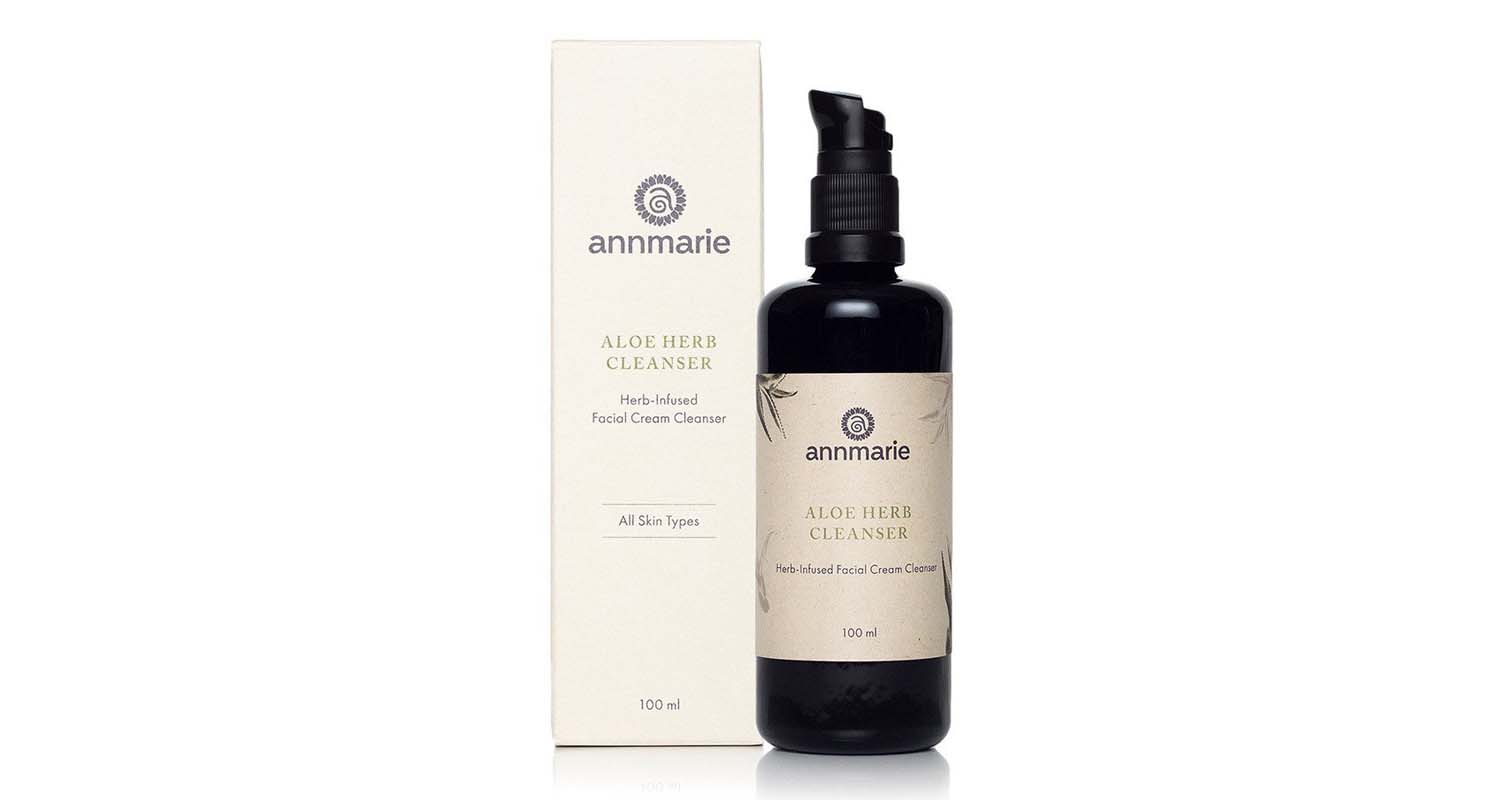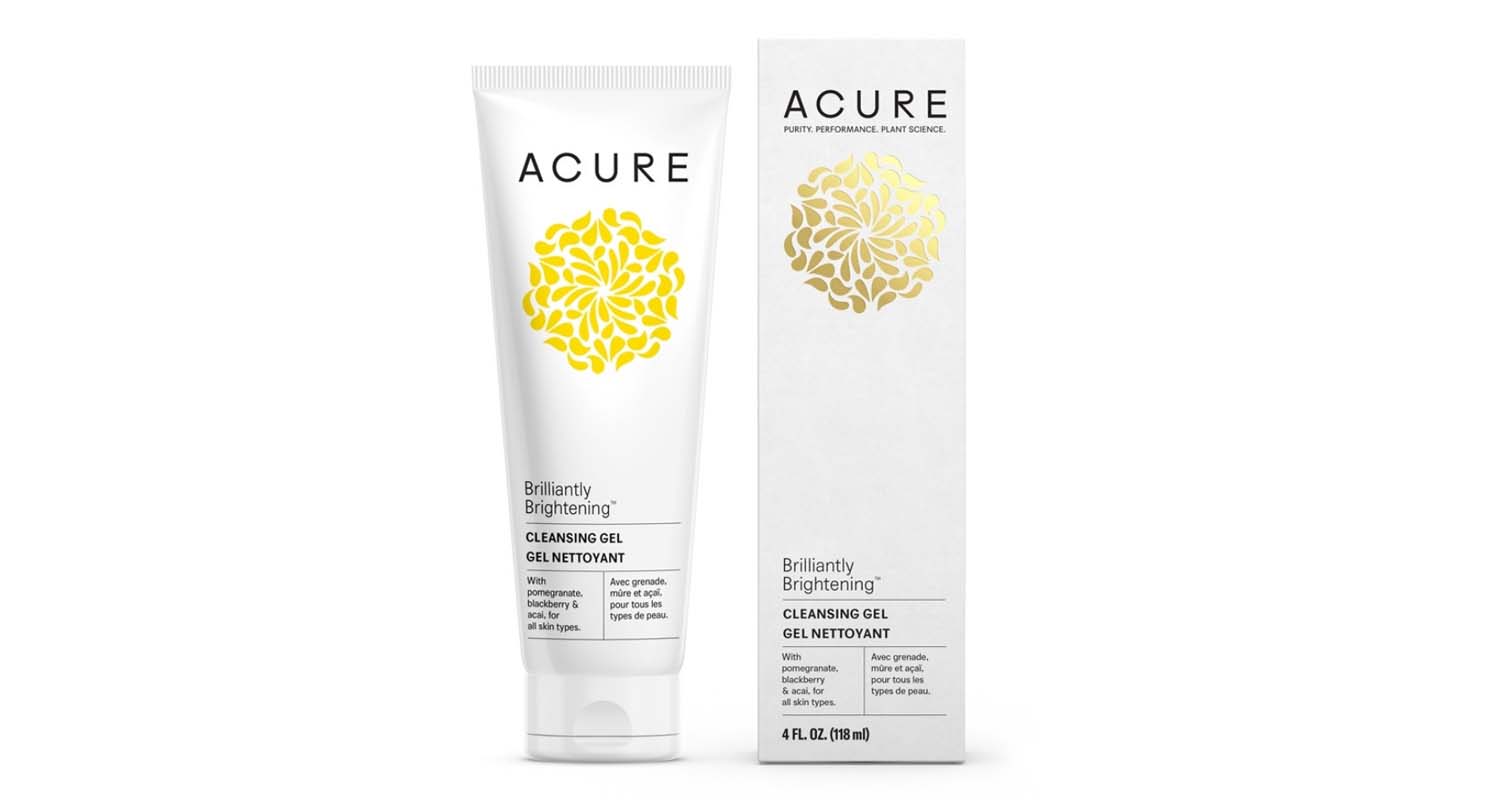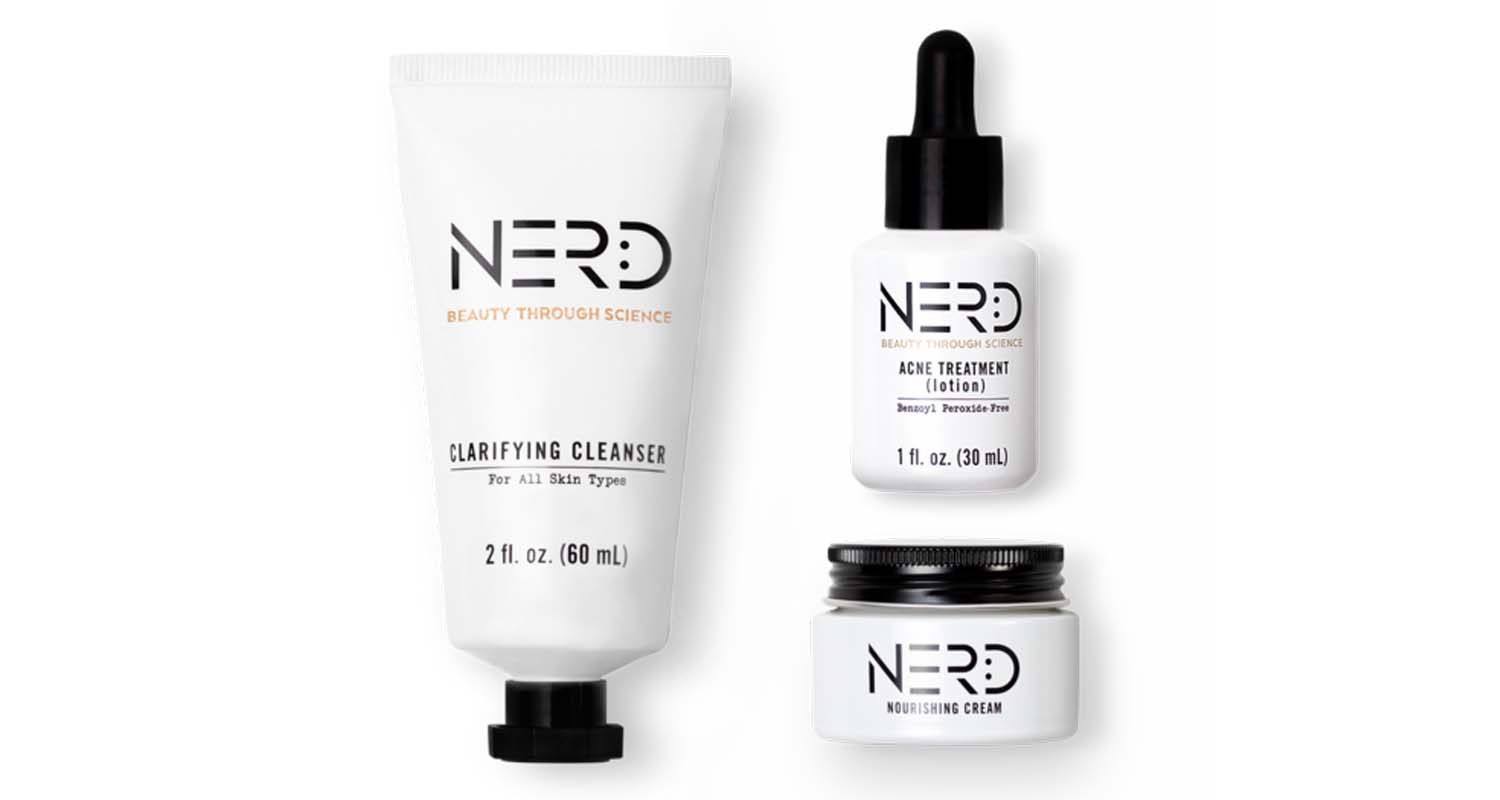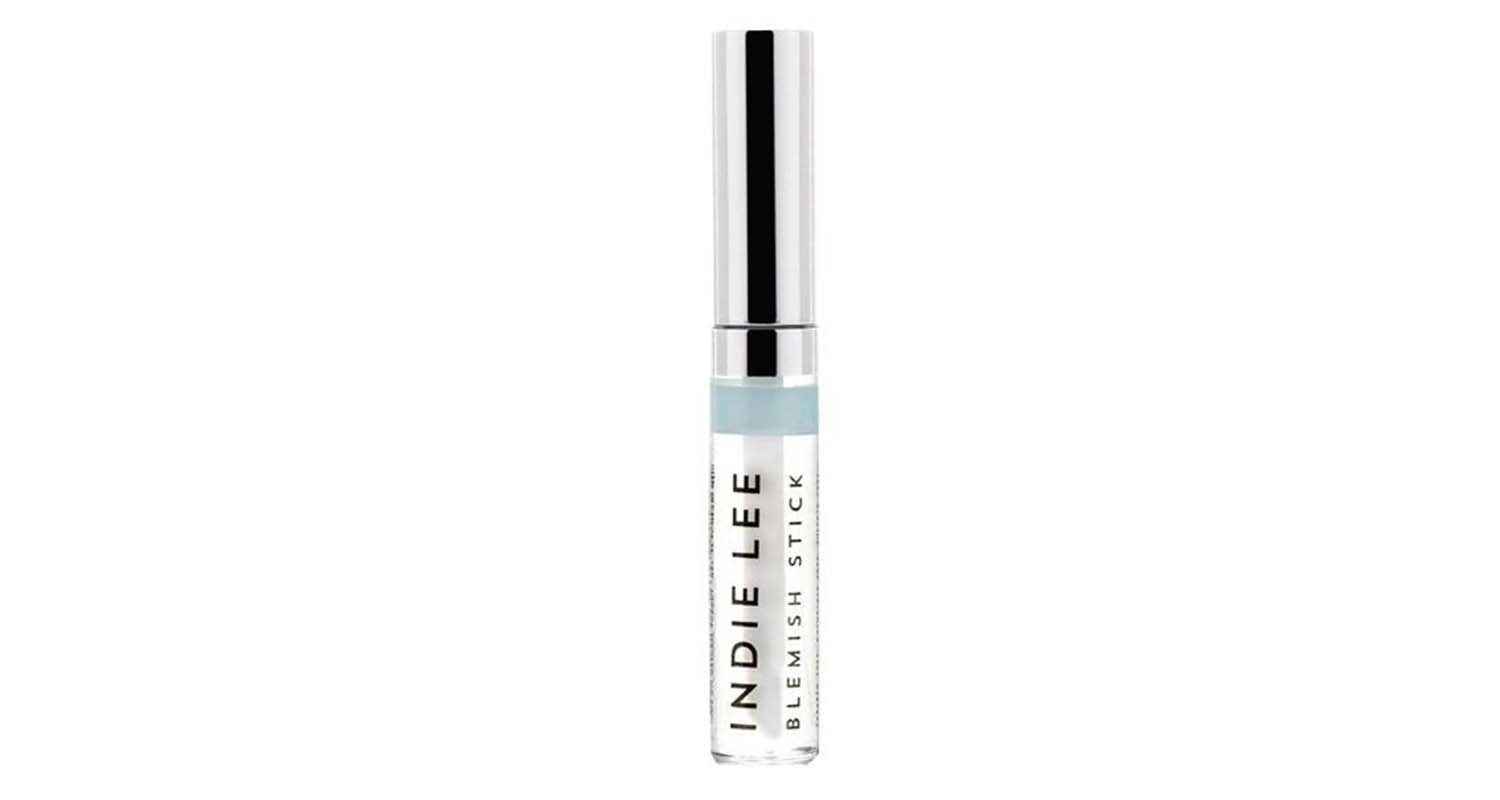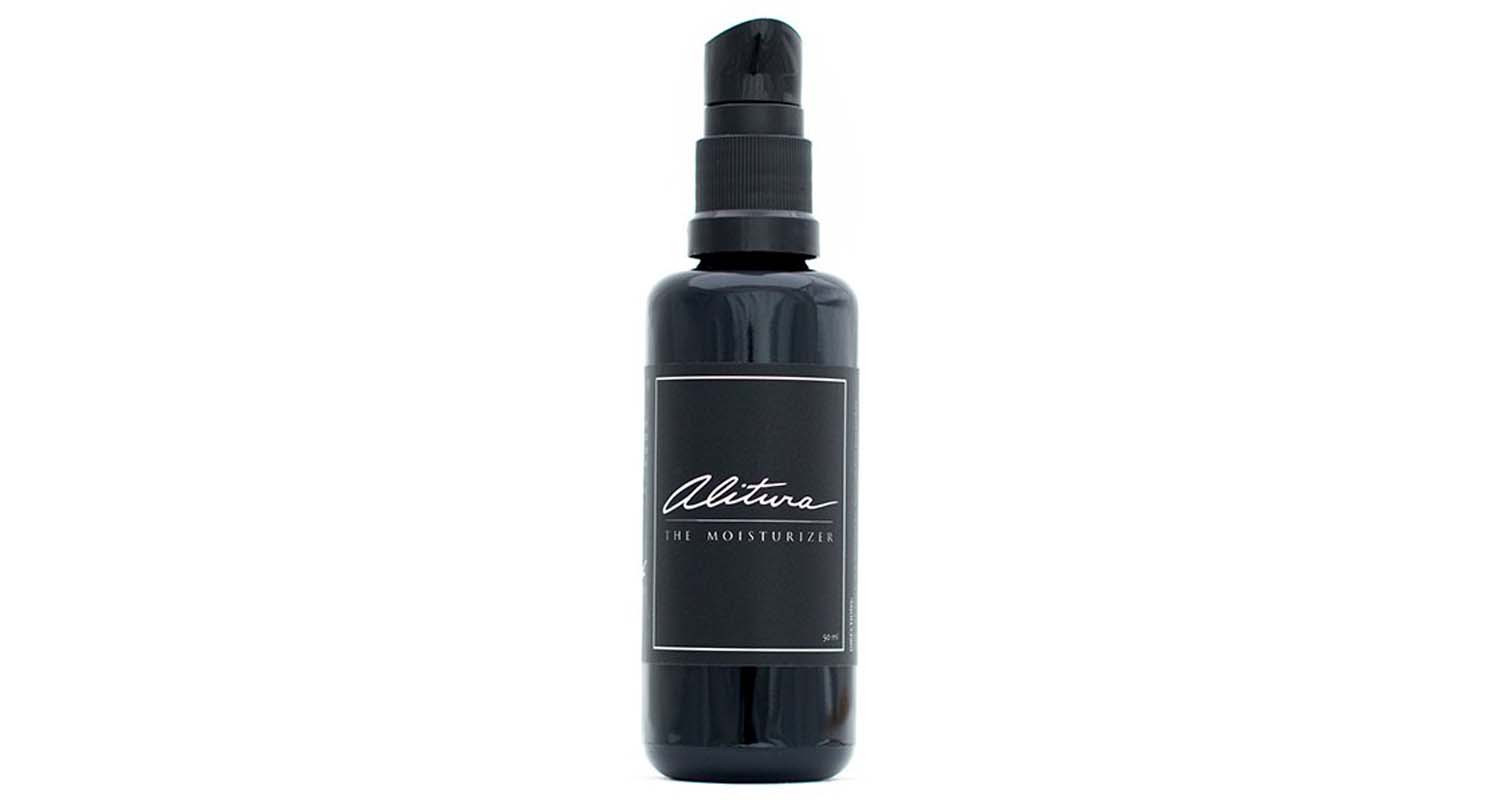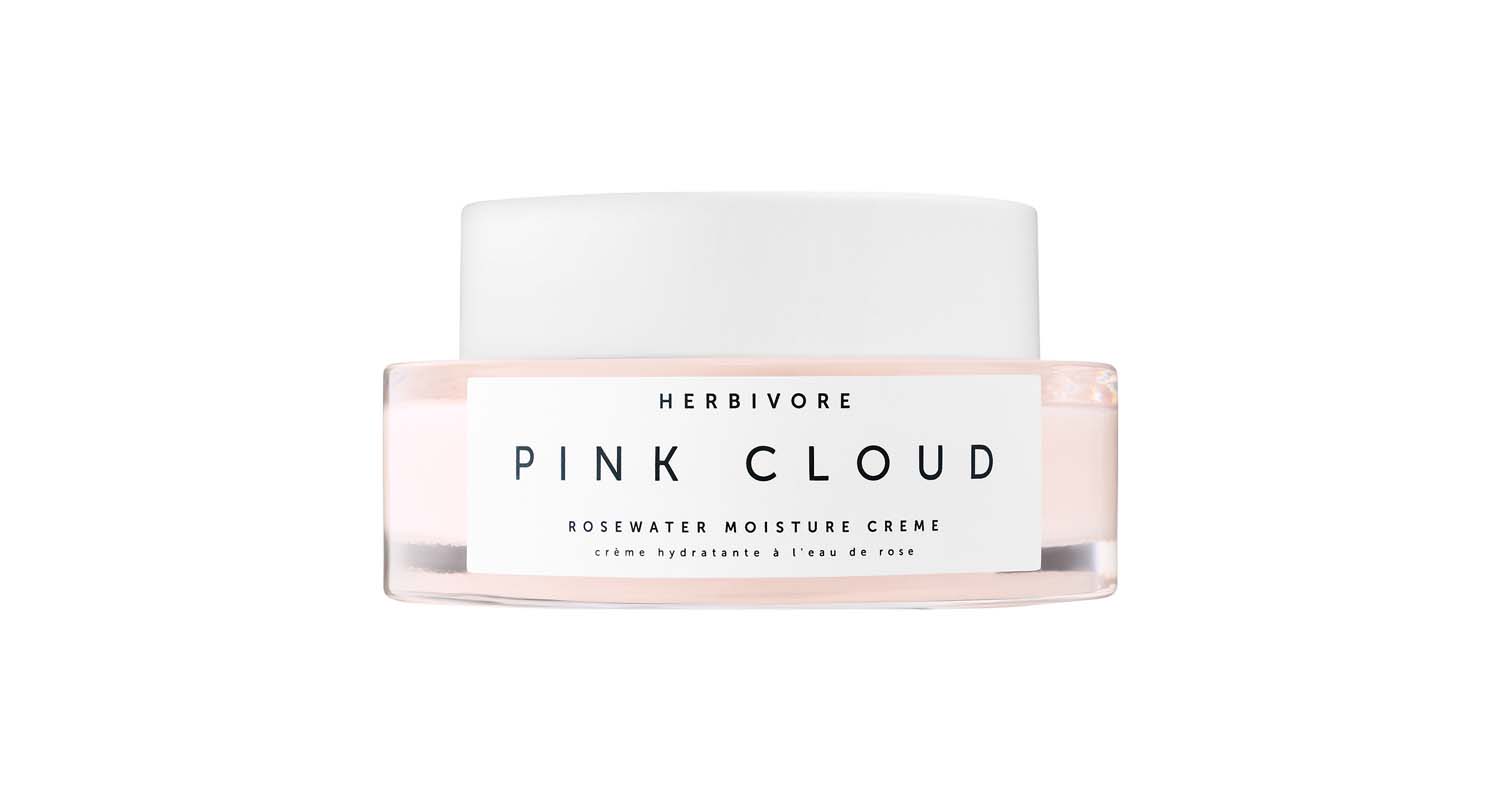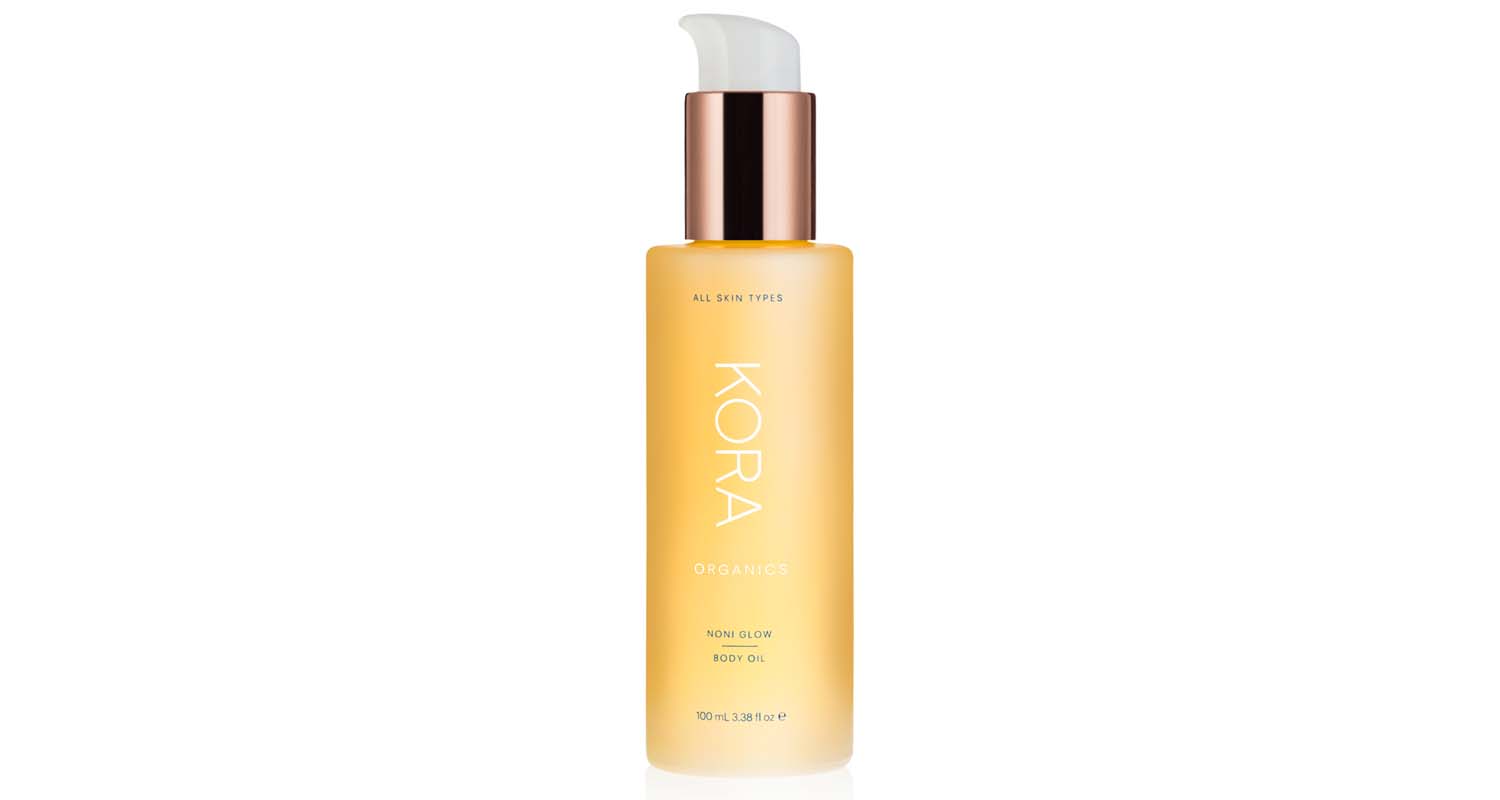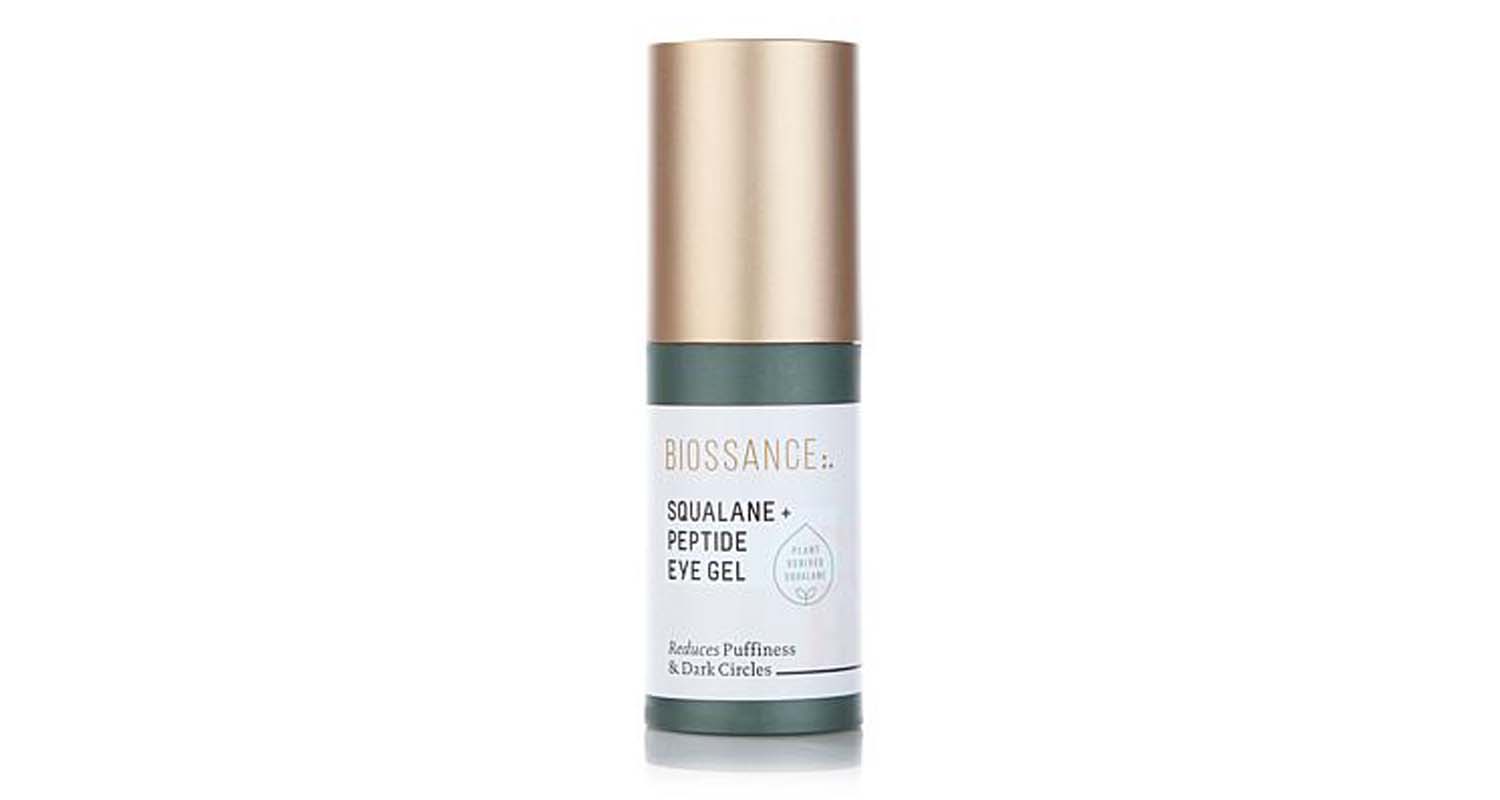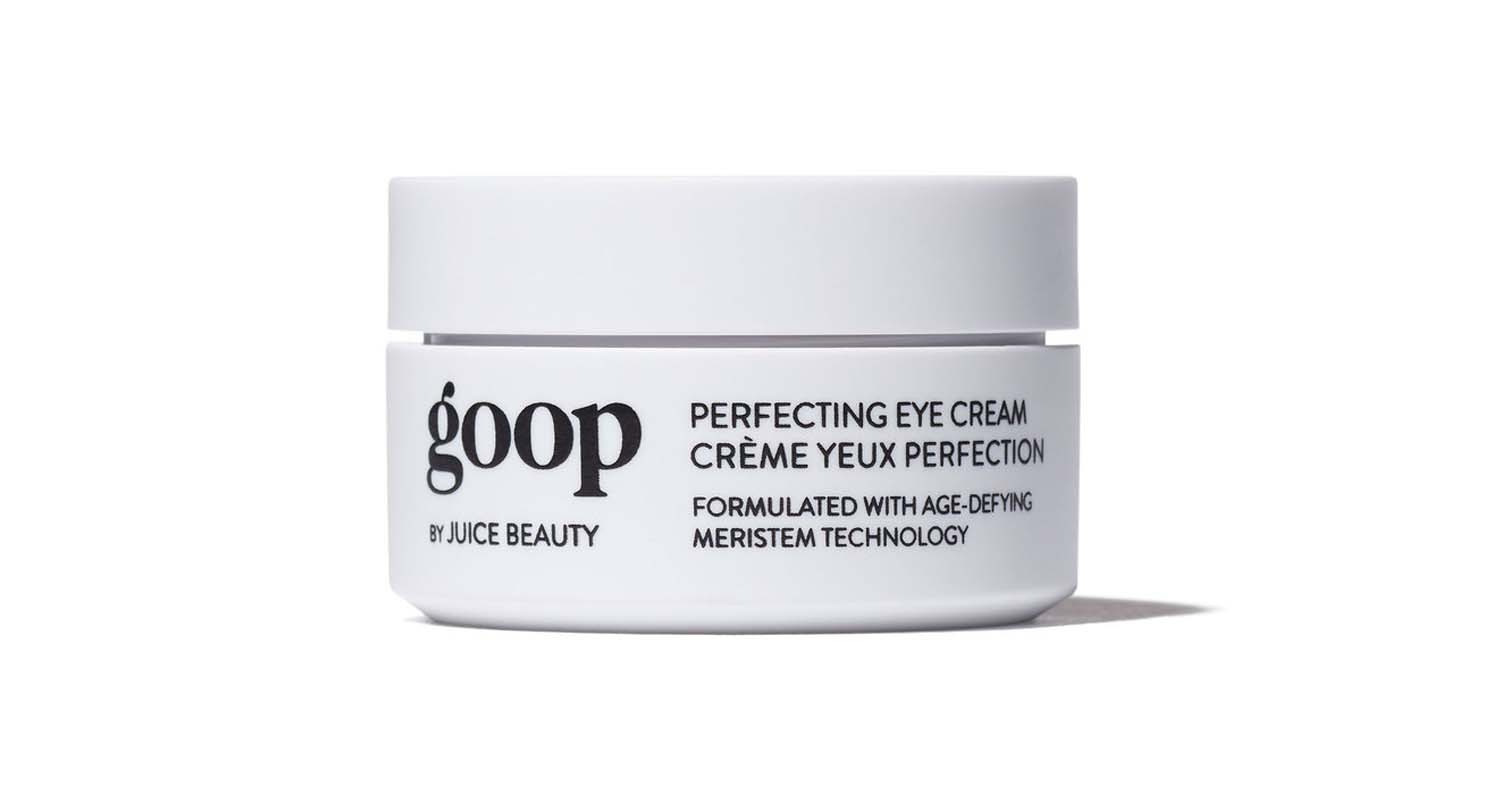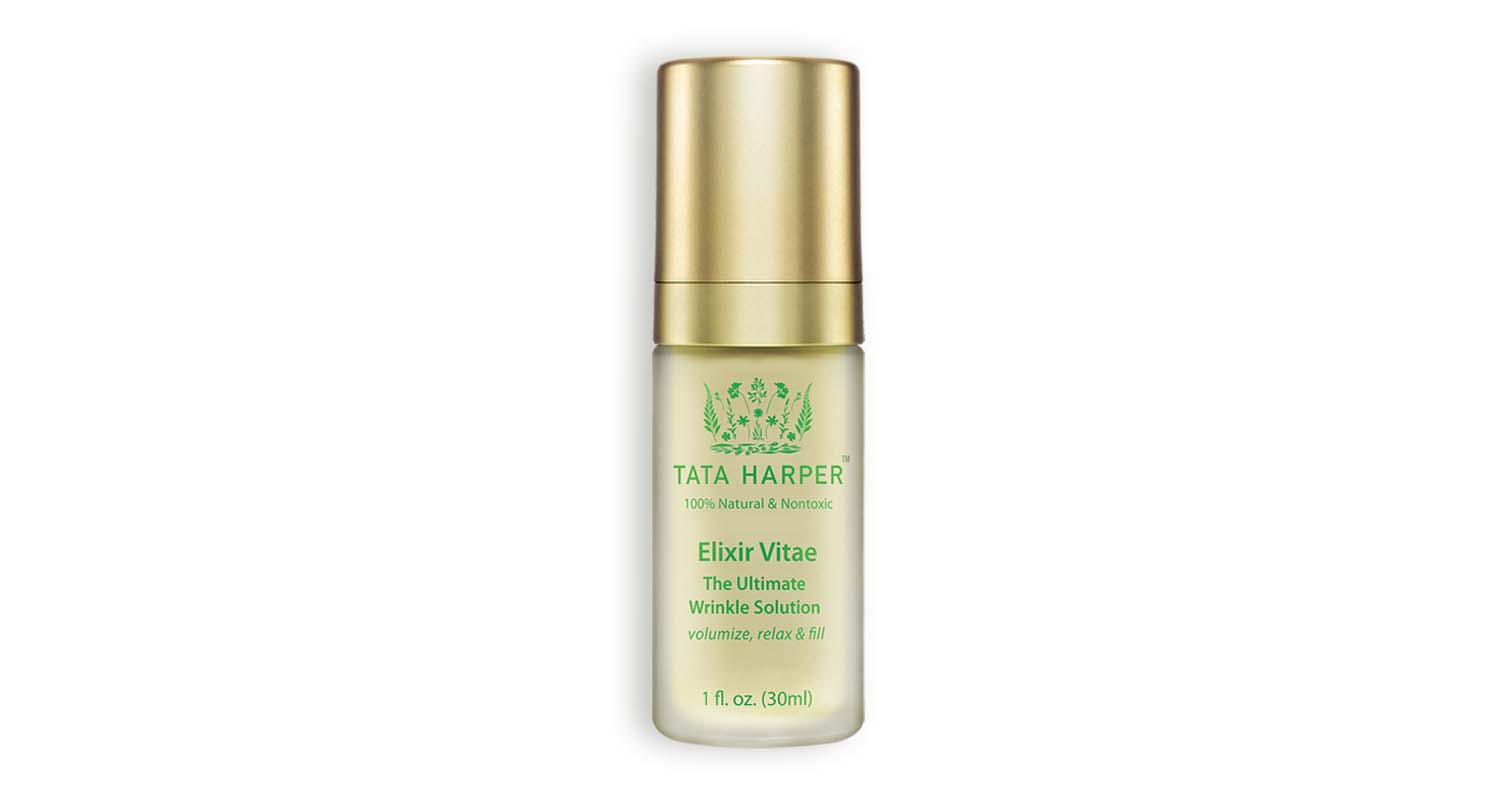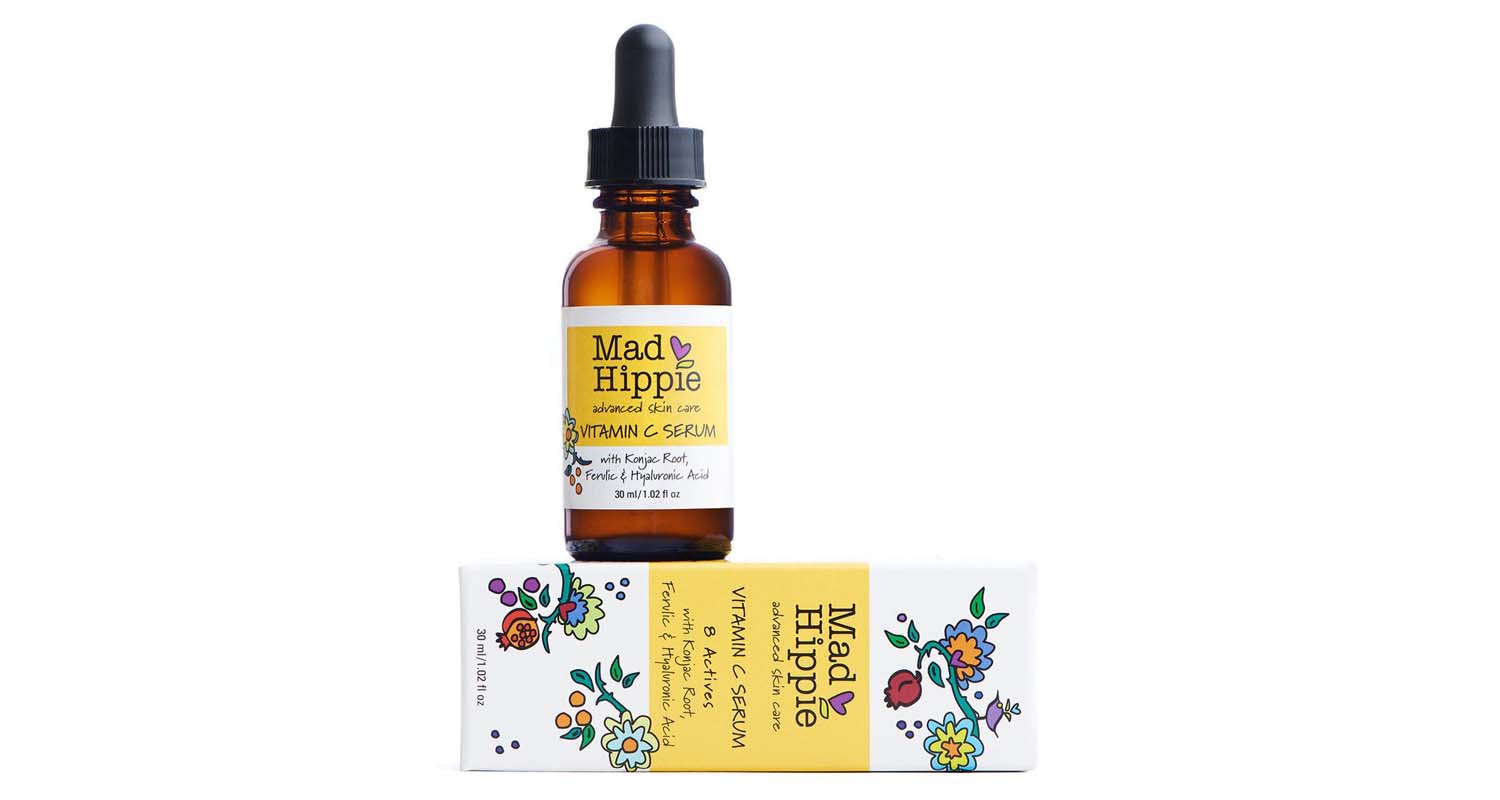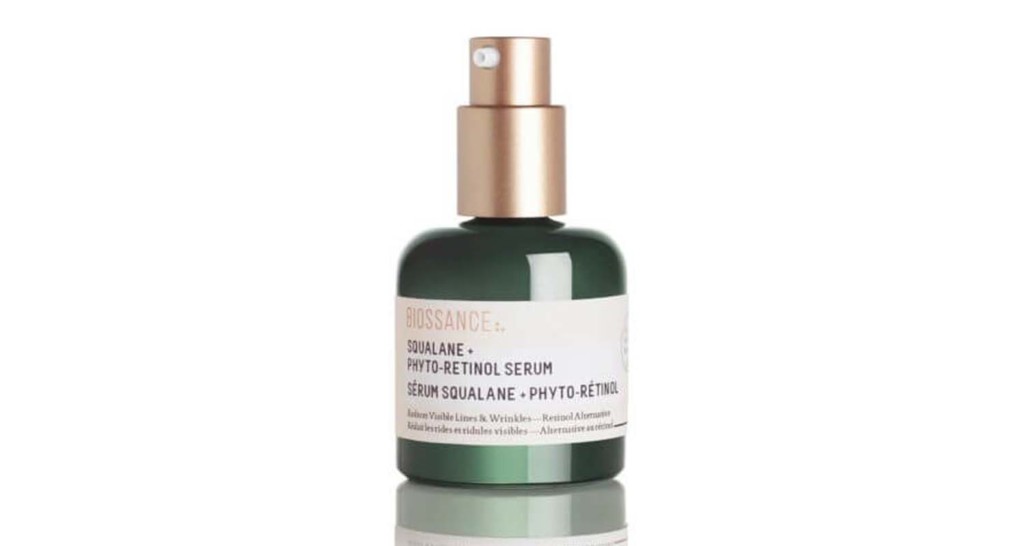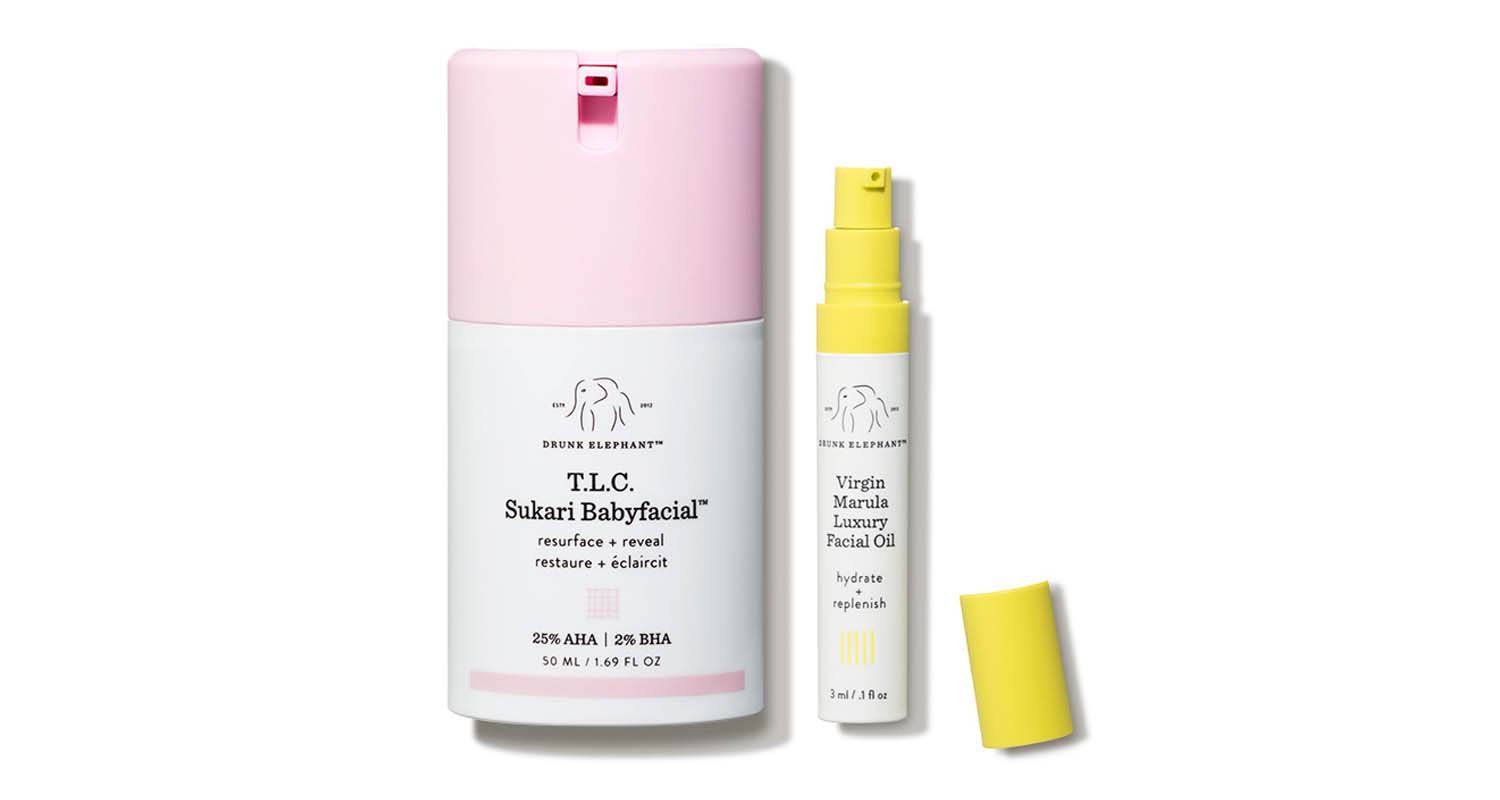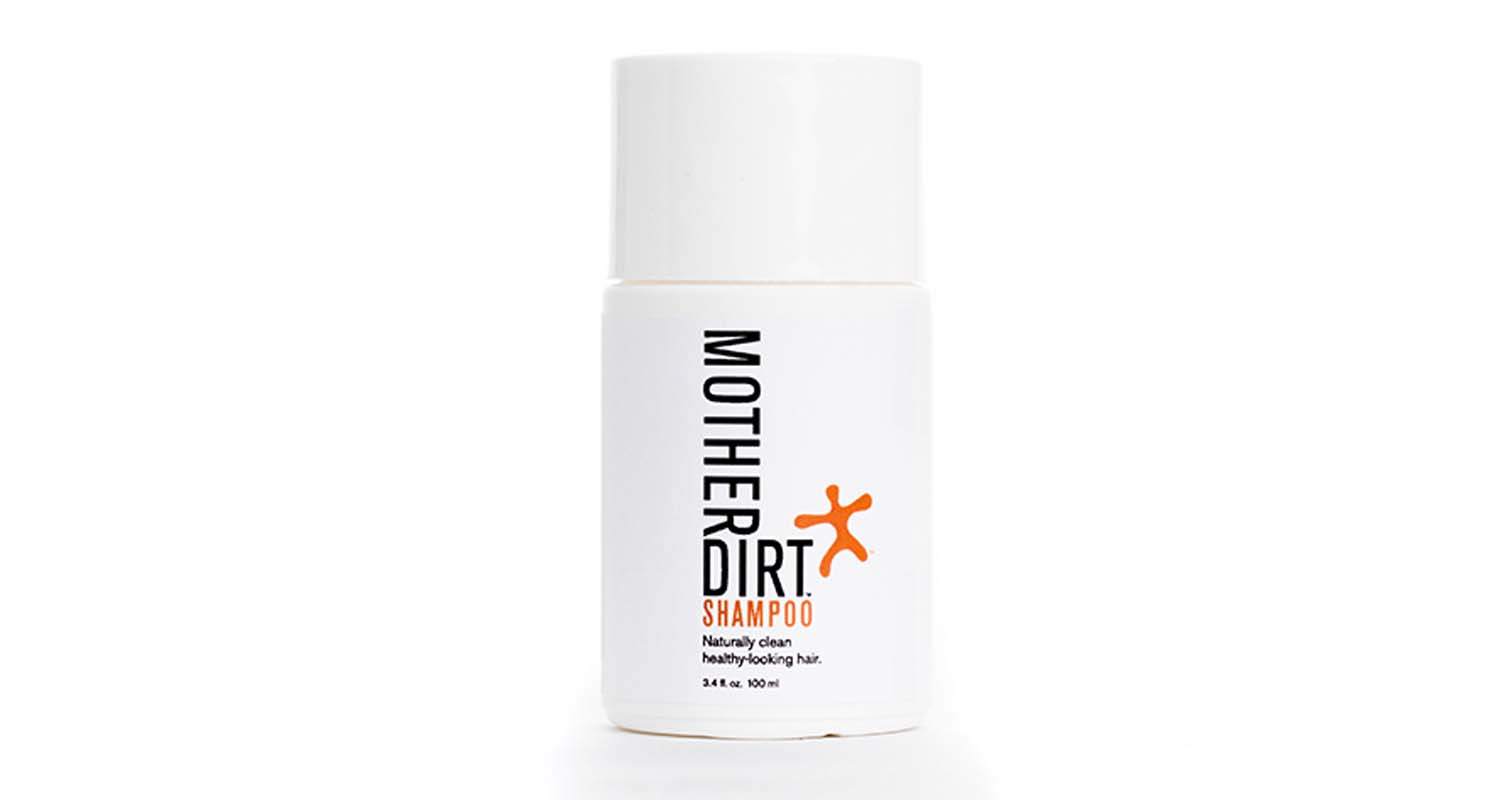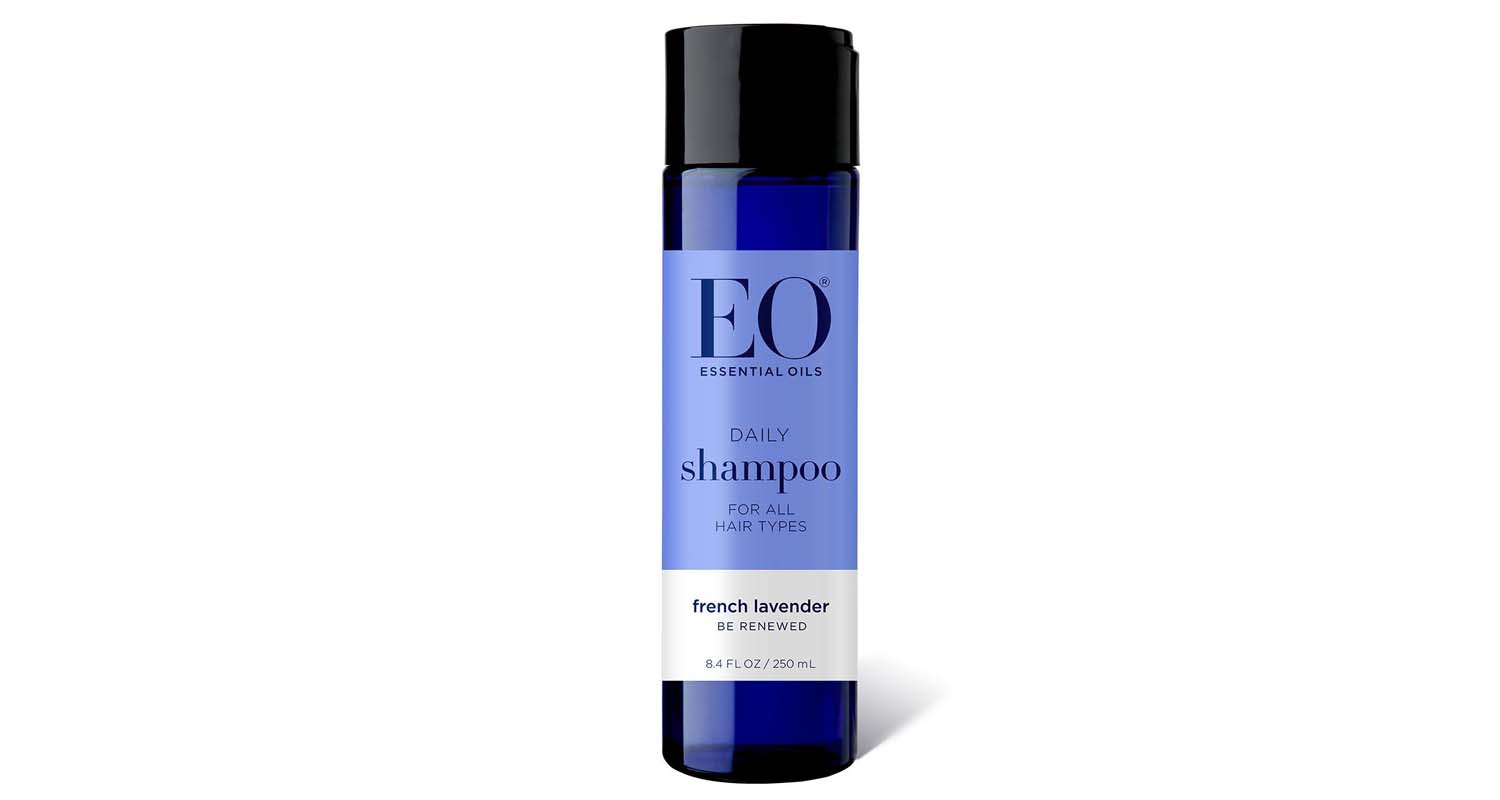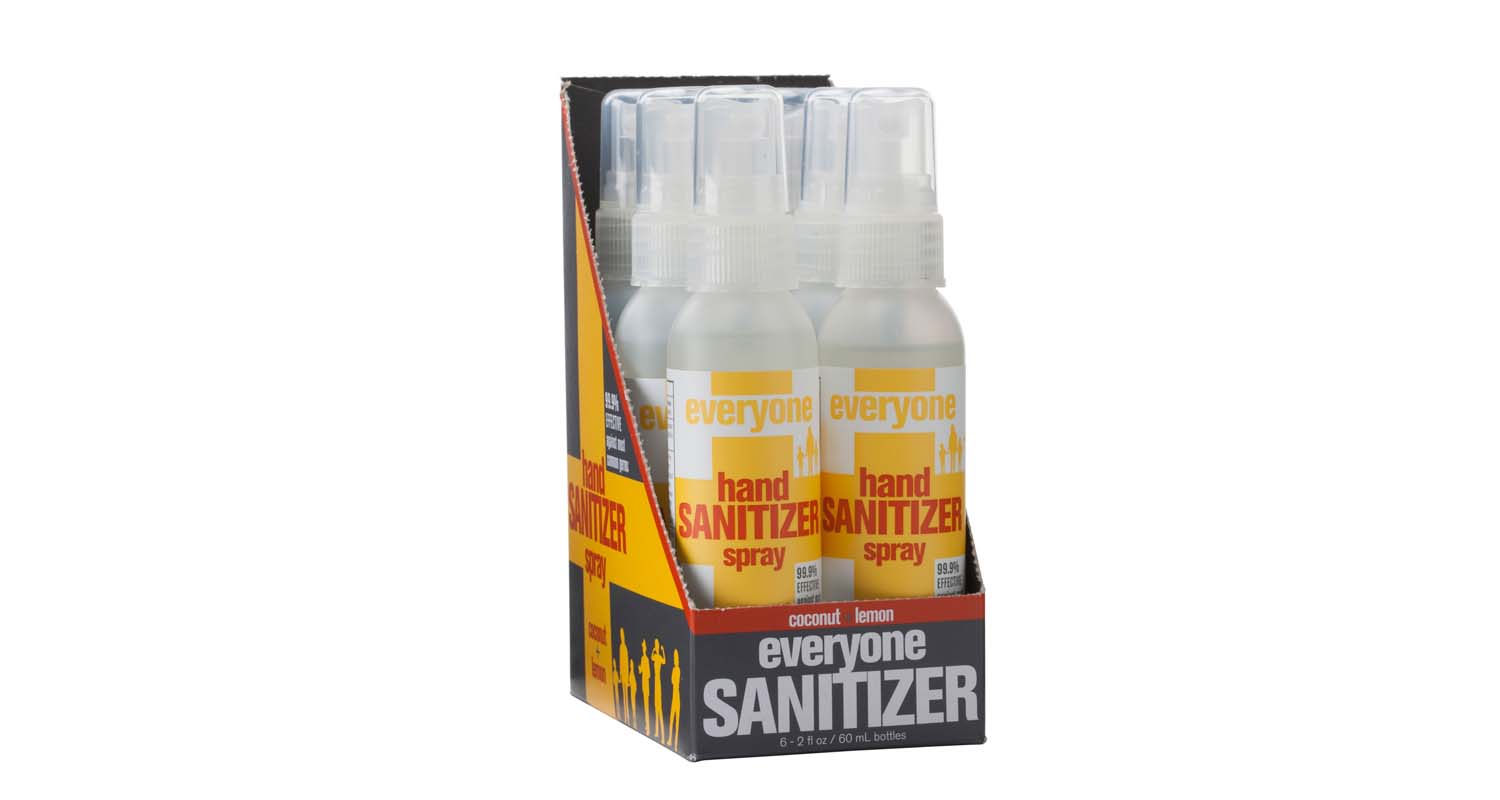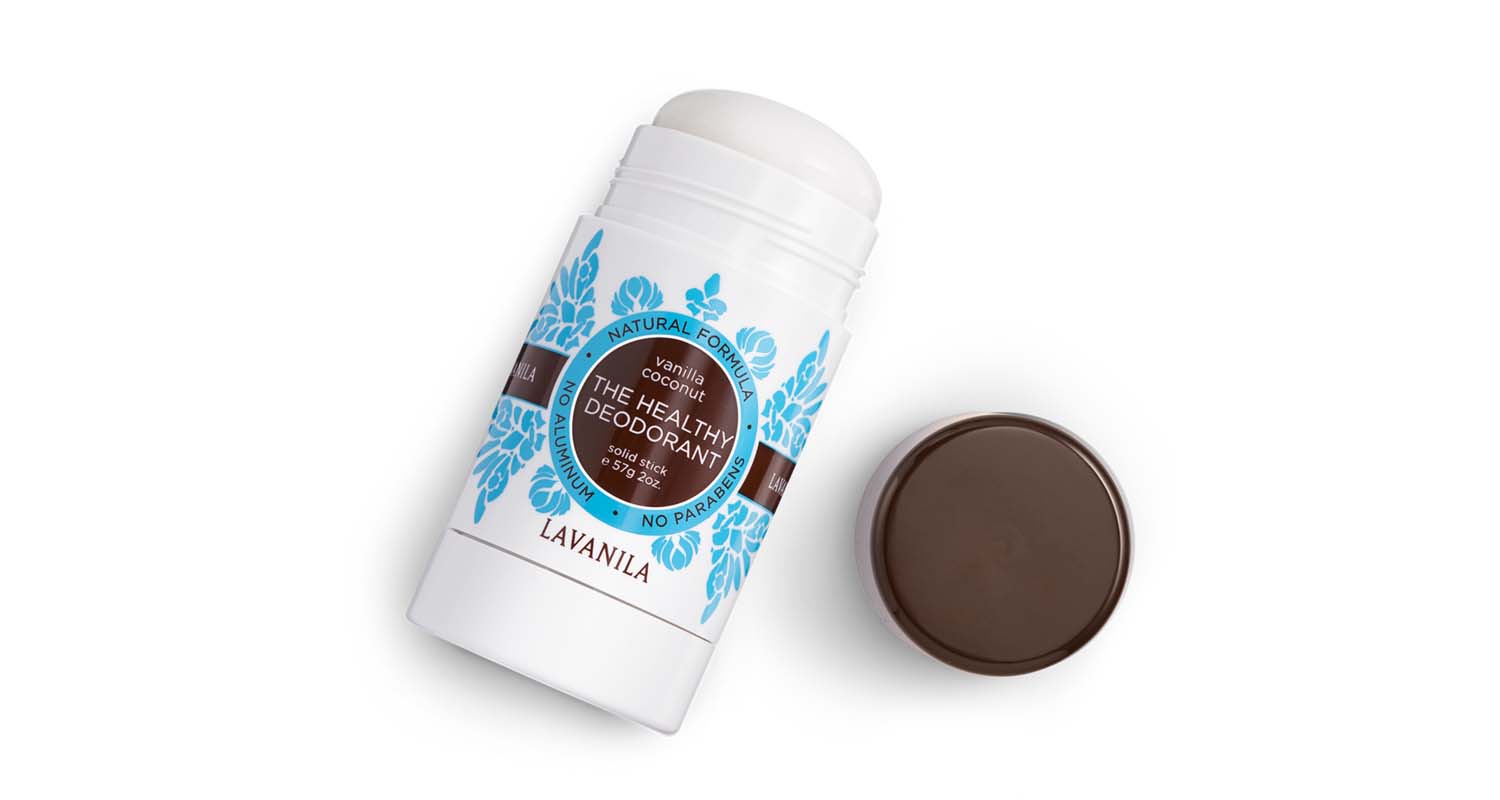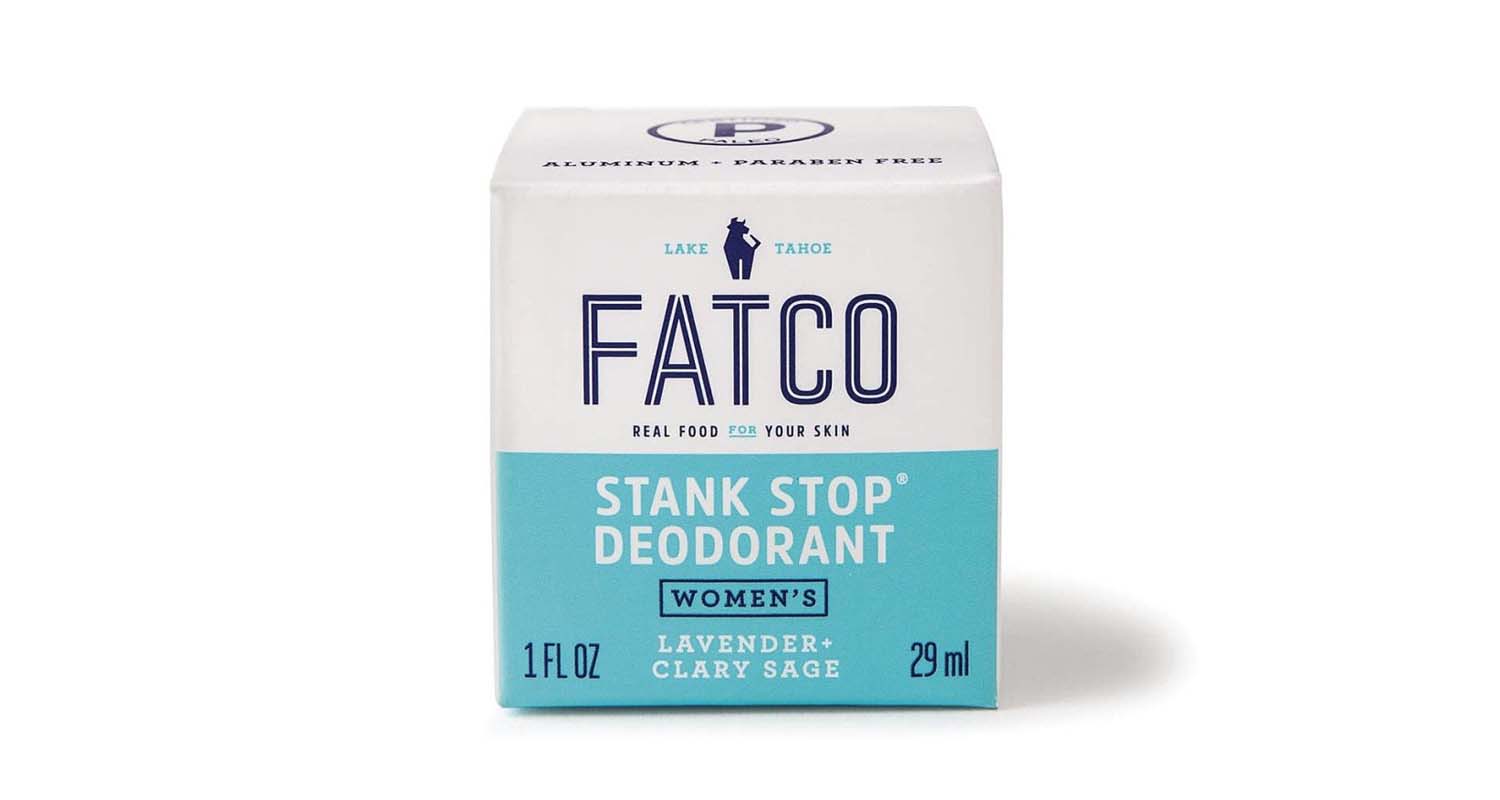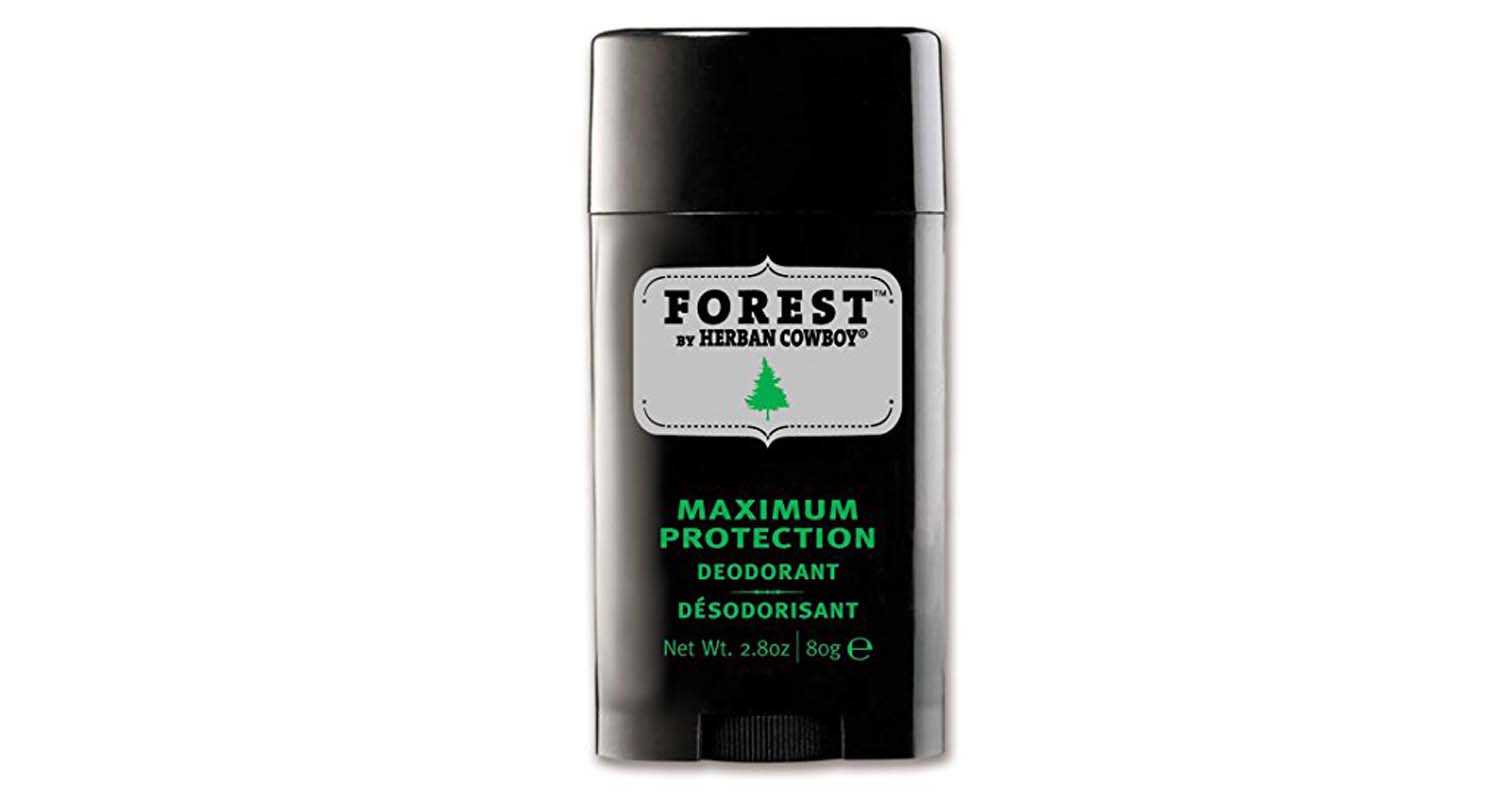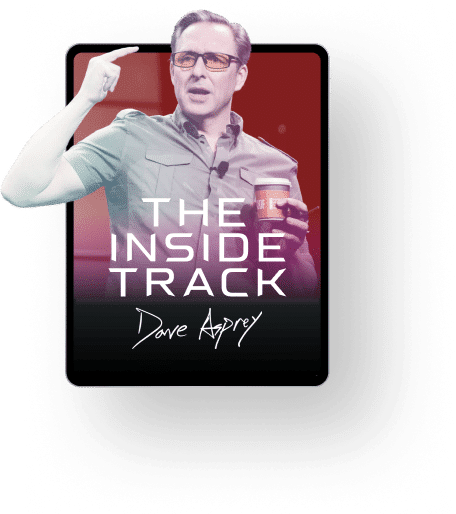Fact: If you aren’t eating a lot of plants, regardless of the diet plan you’re on, you’re doing it wrong. That’s one thing Dave Asprey and today’s guests, Aiden Goggins & Glen Matten, international bestselling authors of The Health Delusion and The Sirtfood Diet and nutrition experts to athletes like UFC champion Conor McGregor and heavyweight boxing champion David Haye, agree on. In this fascinating episode of Bulletproof Radio, learn about Goggins’ & Matten’s path to nutrition, via Goggins’ rare autoimmune disease, their passion around nature’s “drugs,” polyphenols, and why it’s essential to use plants to harness the power of the food you eat.
Listen
Follow along with the Transcript.
Power Up Your Food With Plants – Aidan Goggins & Glen Matten #460
Links/Resources for Aiden Goggins and Glen Matten
The Health Delusion: How to Achieve Exceptional Health in the 21st Century
Show Notes:
Today’s Cool Fact of the Day
A way to make old cells behave like young cells has been discovered!
University of Exeter researchers found a new way to rejuvenate old cells in the laboratory, making them not only look younger, but start to behave more like young cells, has now been discovered.
Within hours of treatment older cells divided, and had longer telomeres, the ‘caps’ on the chromosomes which shorten as we age.
The researchers applied compounds called reversatrol analogues, based on a substance naturally found in red wine, dark chocolate, red grapes and blueberries, to cells in culture.
Within hours, the cells looked younger and started to rejuvenate, behaving like young cells and dividing. The researchers said: “This demonstrates that when you treat old cells with molecules that restore the levels of the splicing factors, the cells regain some features of youth.”
- Learn about Aidan Goggins’ path to cure his own auto-immune disease and how it got him into the field of nutrition. As well as Glen Matten’s love of food that drew him to the field of healthy eating.
- Find out the research behind the SIRTfood diet, as well as why its emphasis on polyphenols is so important for your body.
- Learn why they are concerned about overzealousness in Vitamin D supplements – and why they think high dose supplements aren’t actually that good for you.
- If you like today’s episode, check us out on iTunes at Bulletproof.com/iTunes and leave us a 5-star, positive review
- Go check out “Headstrong” and “The Bulletproof Diet” on Amazon and leave a review!
